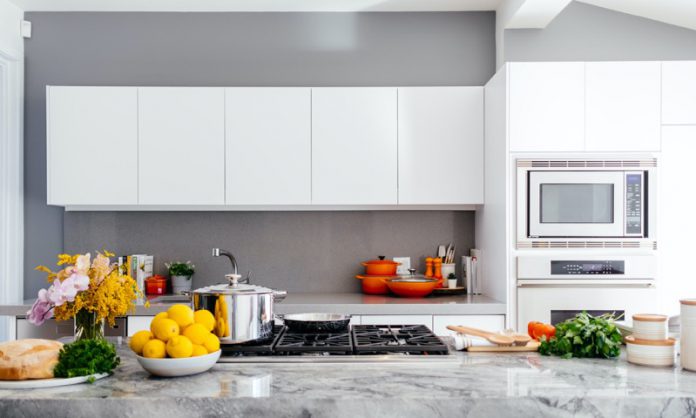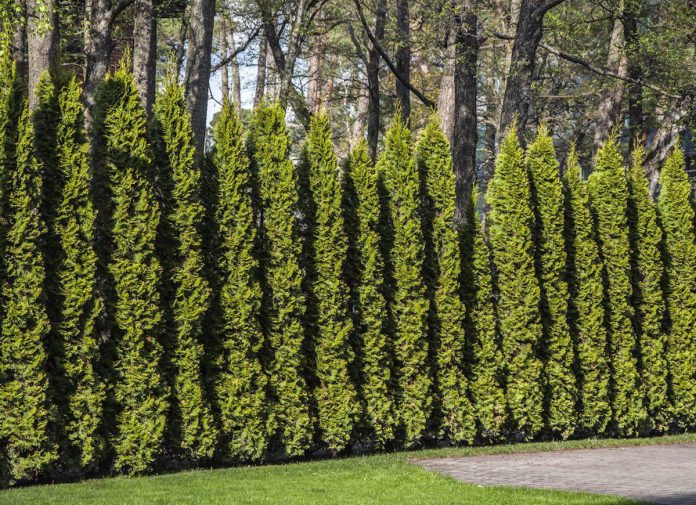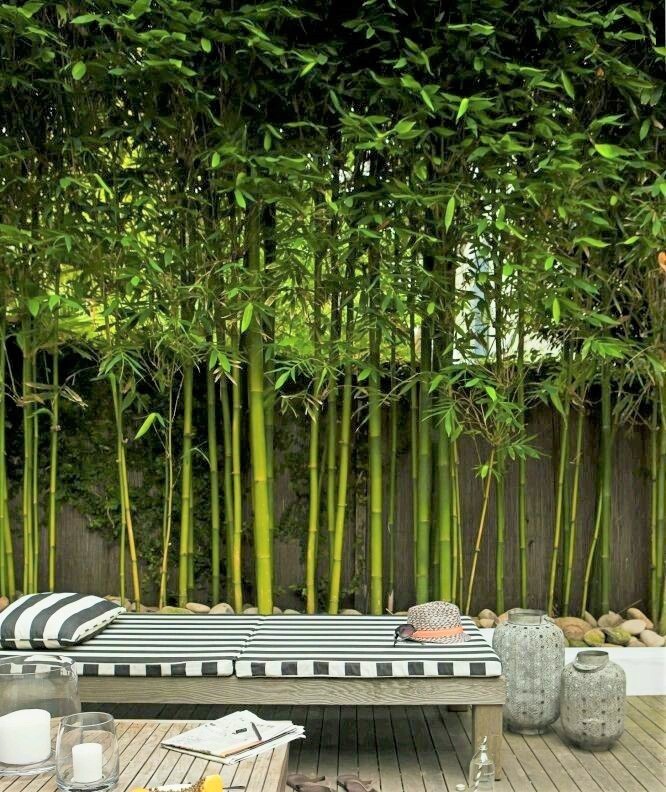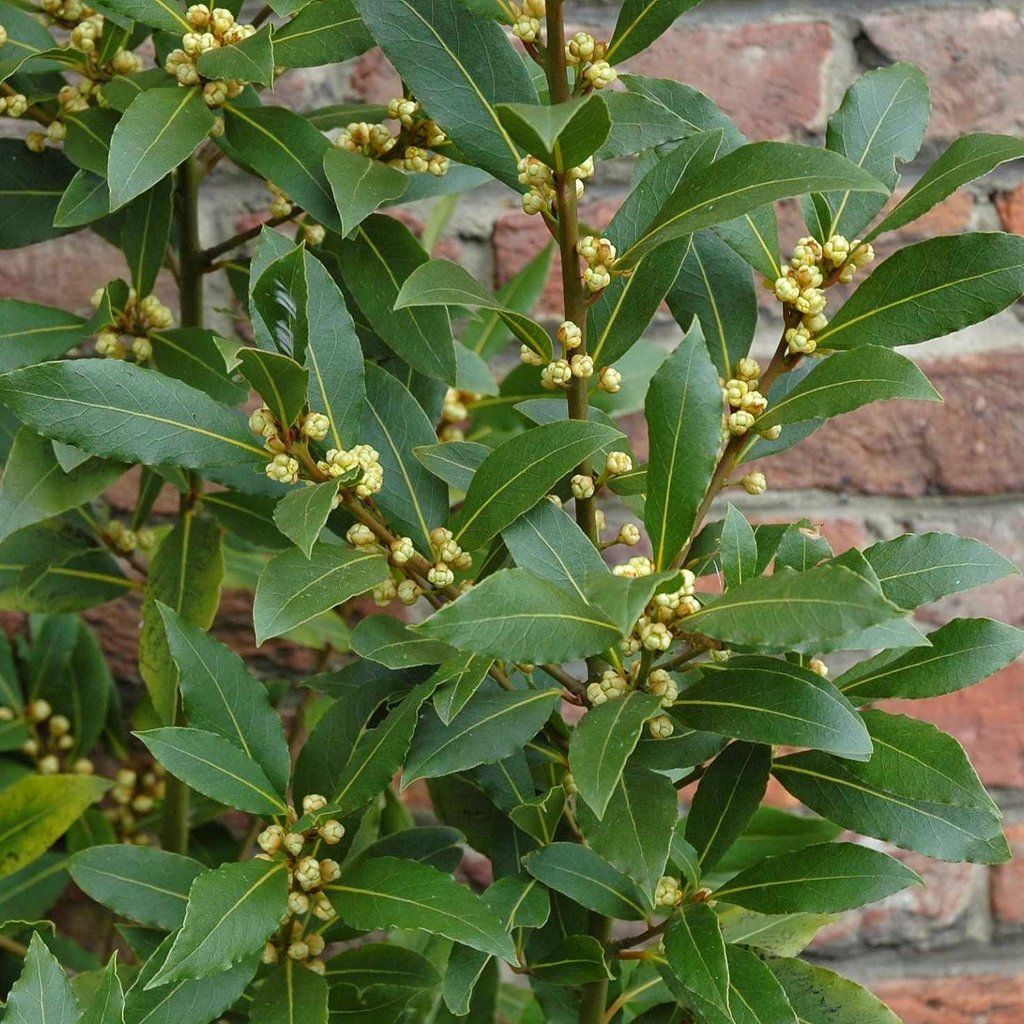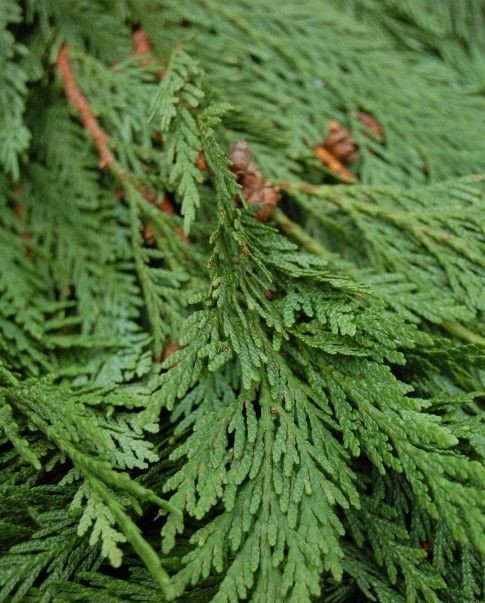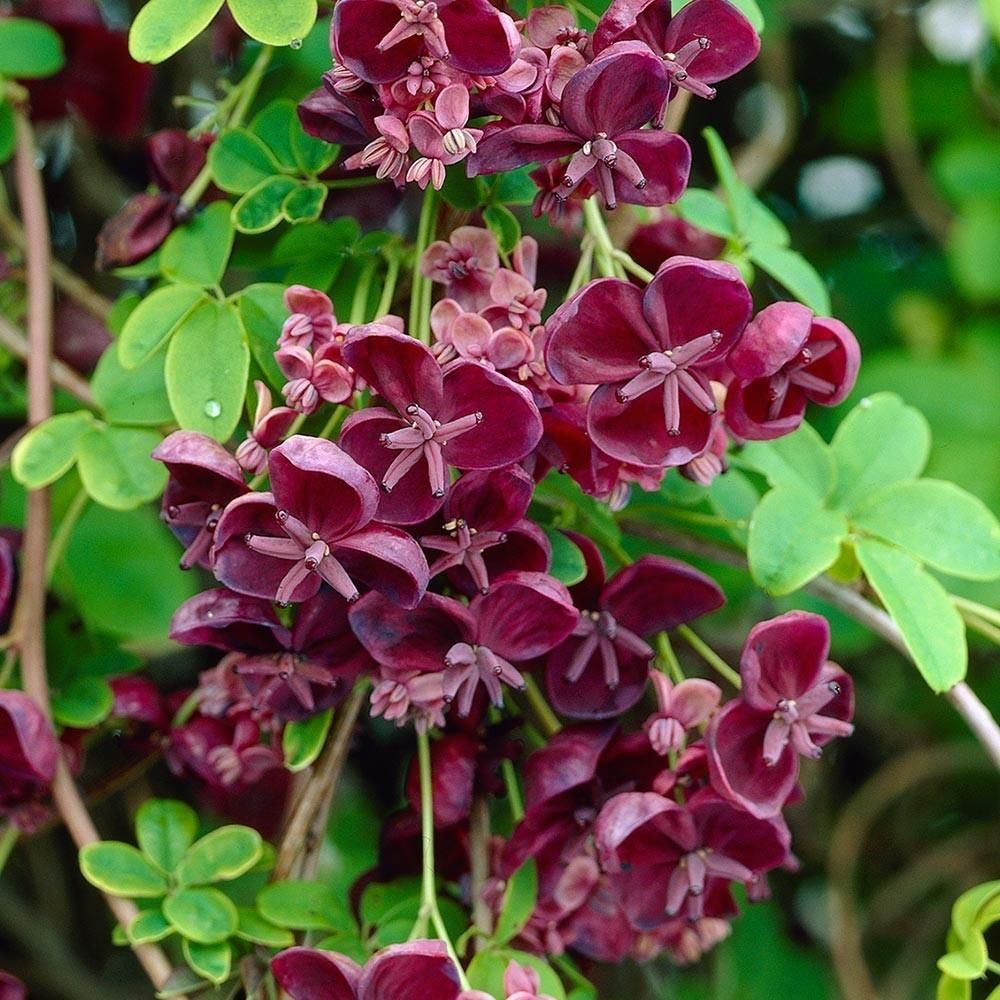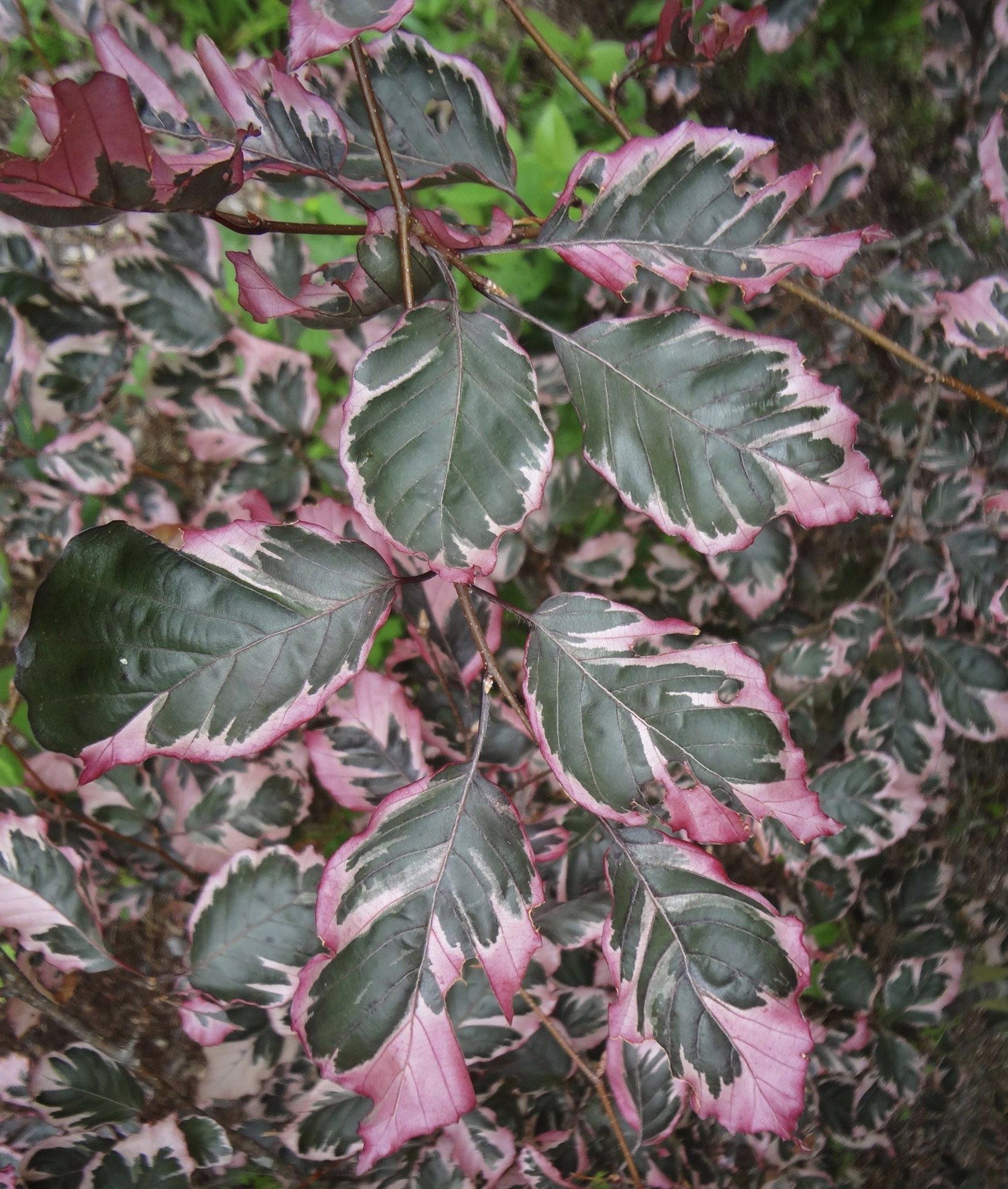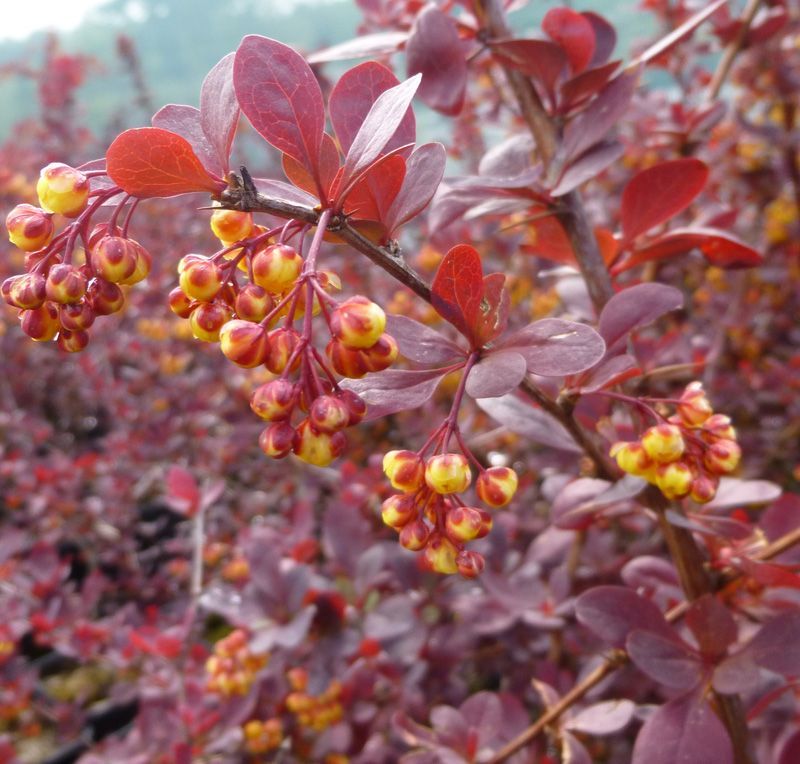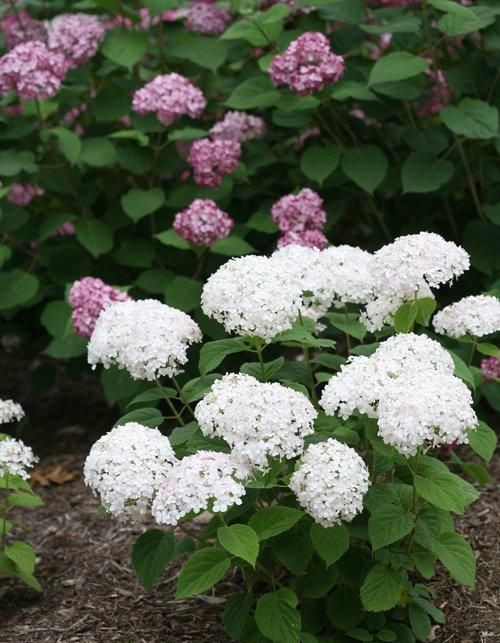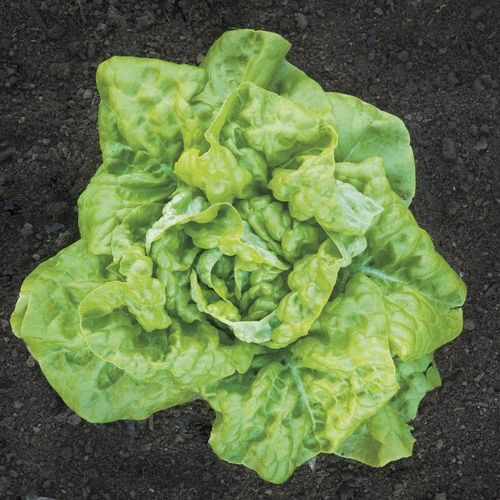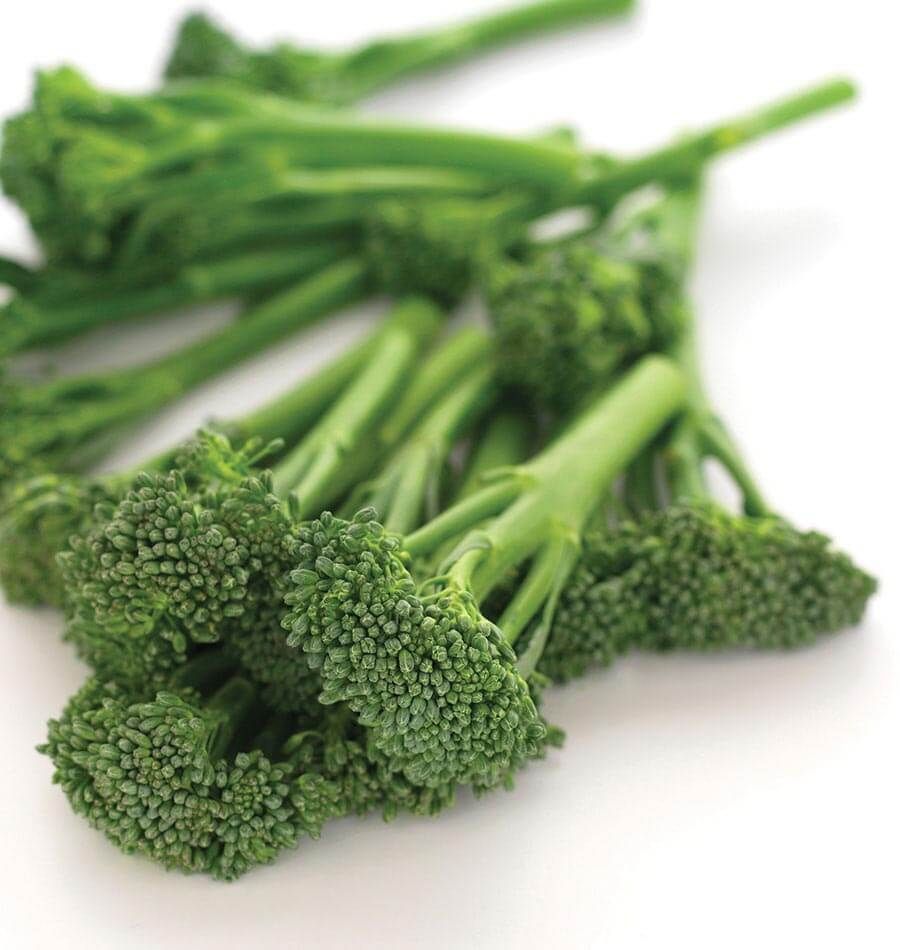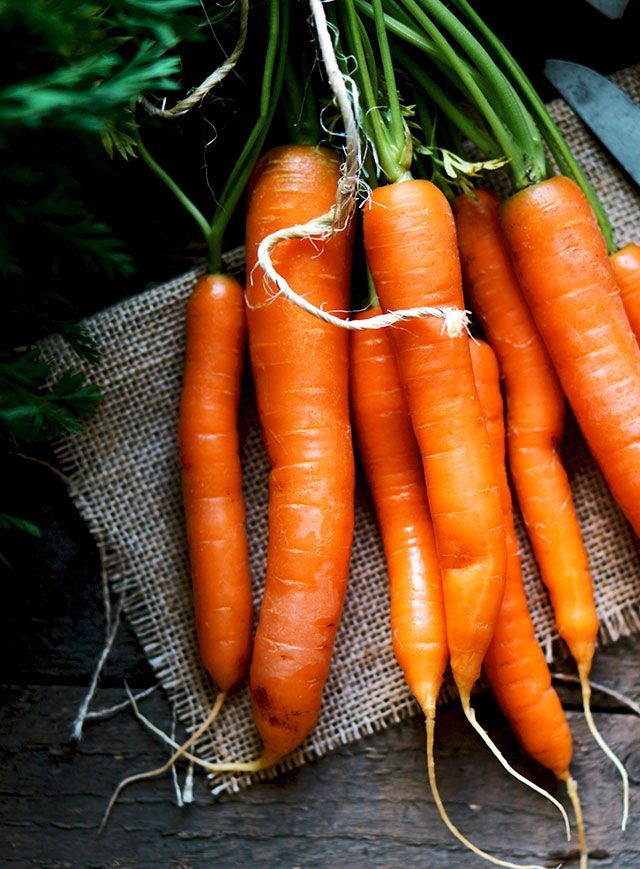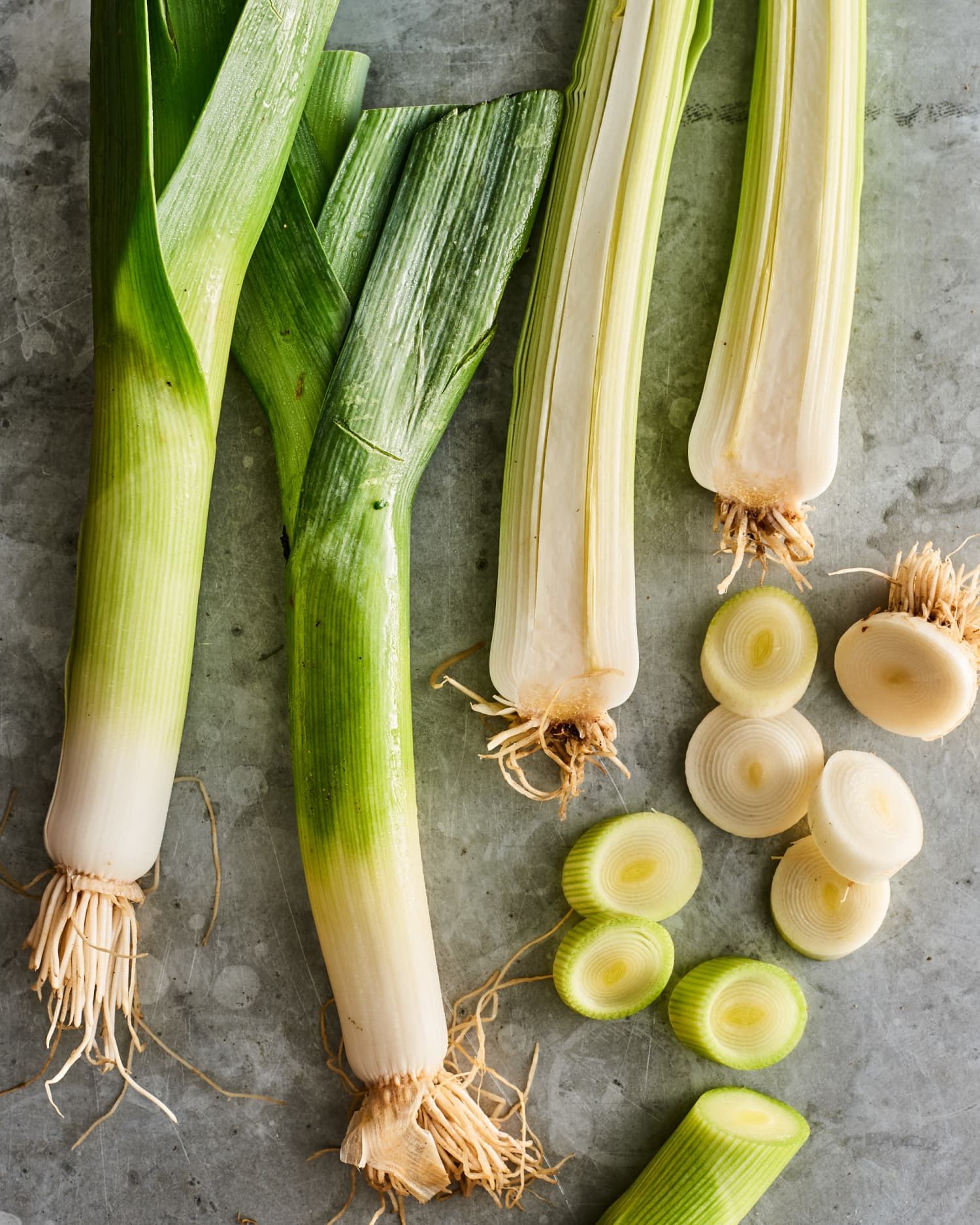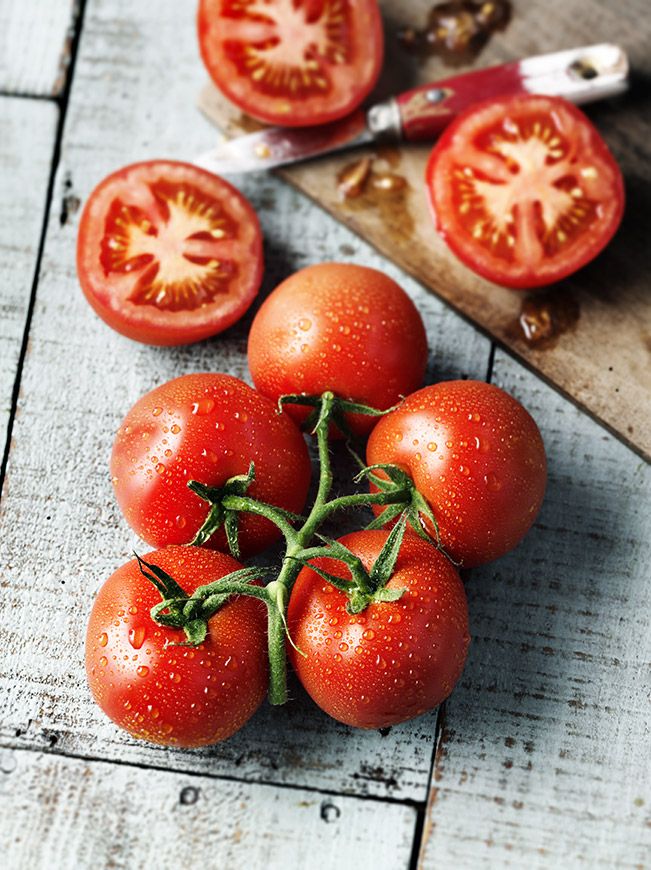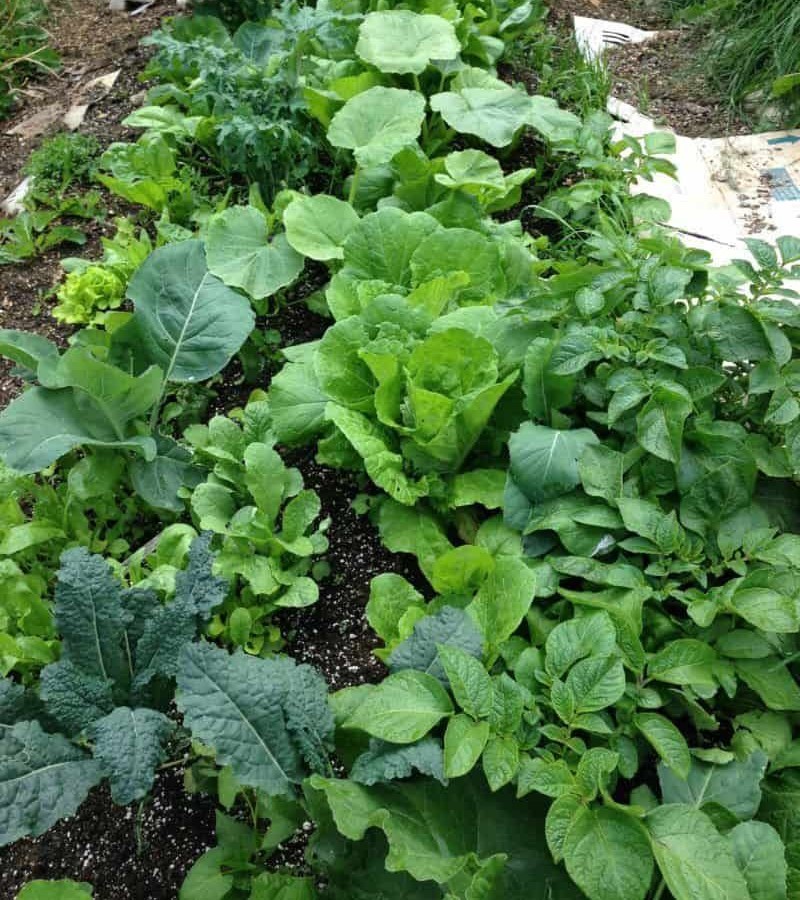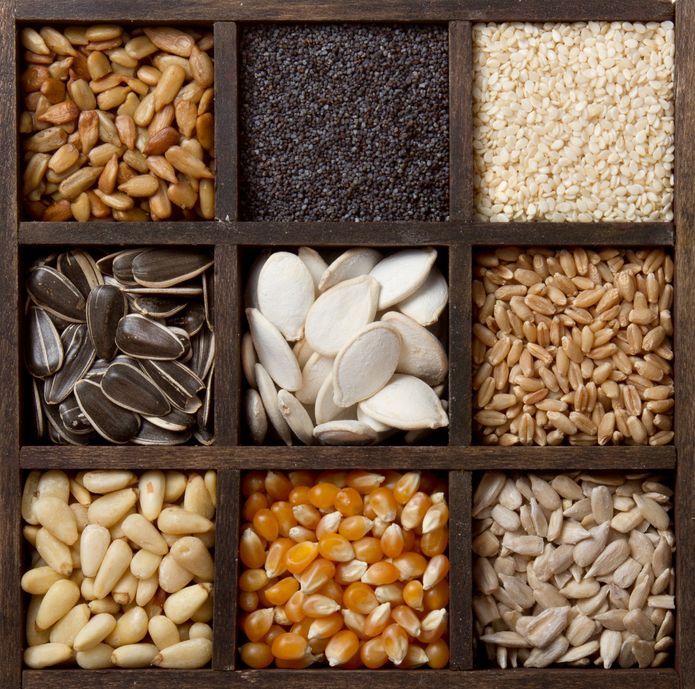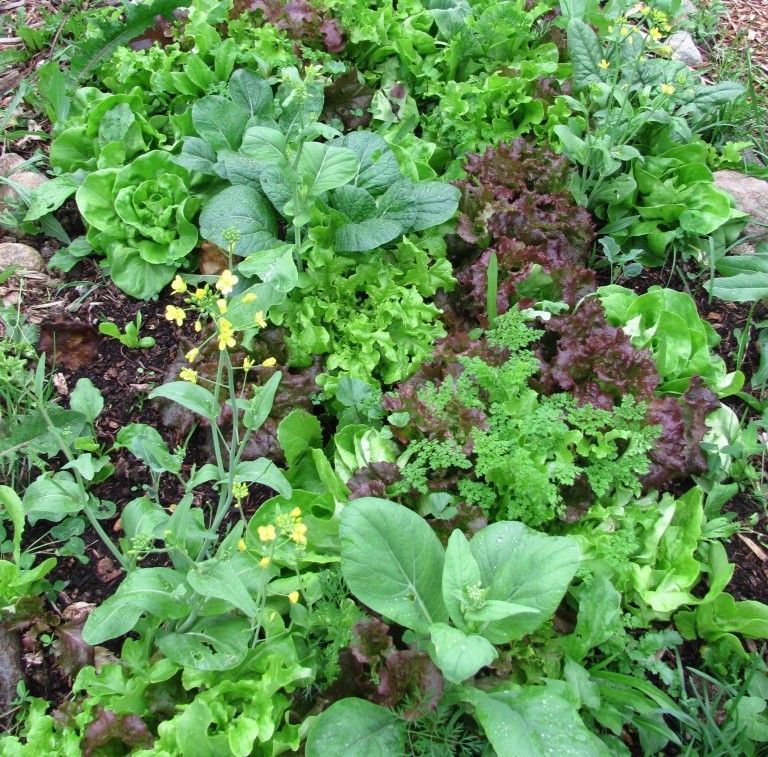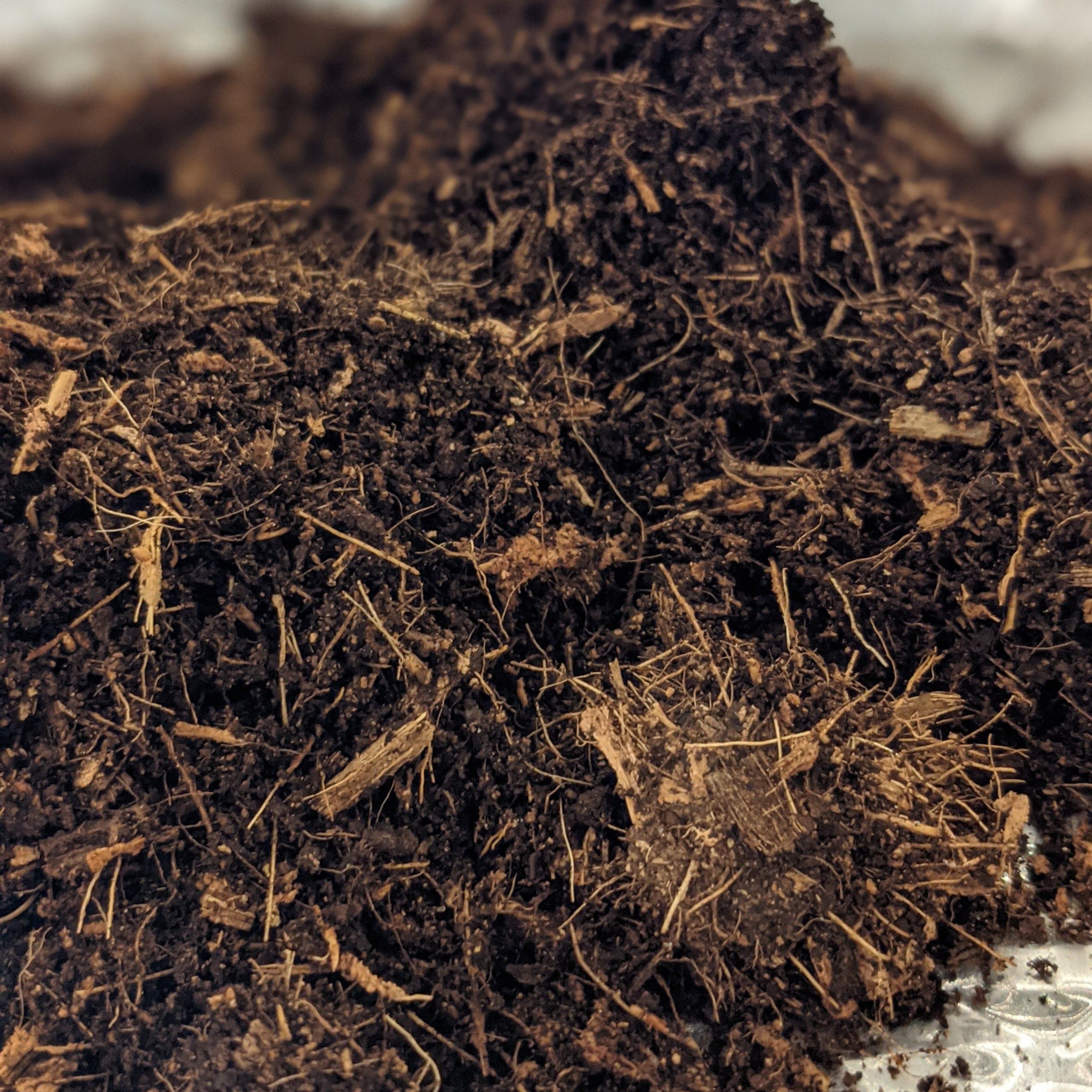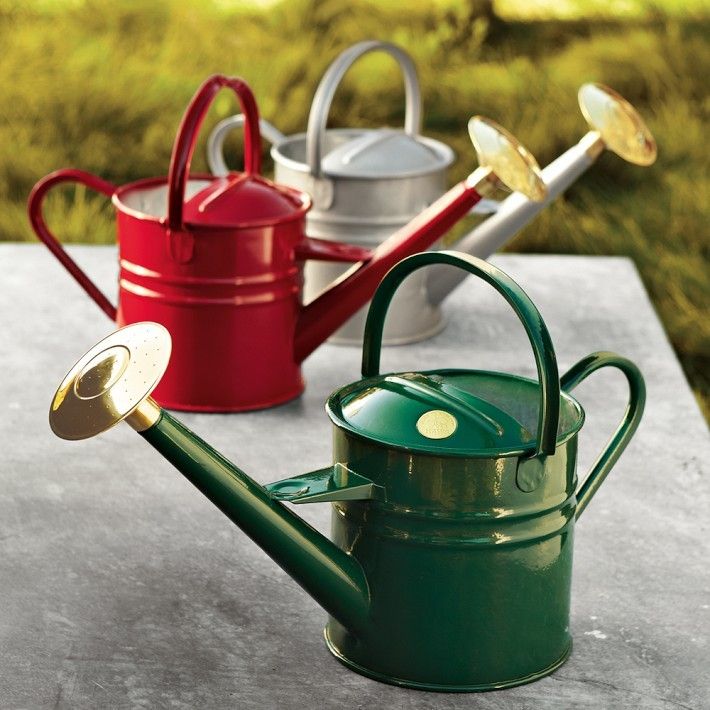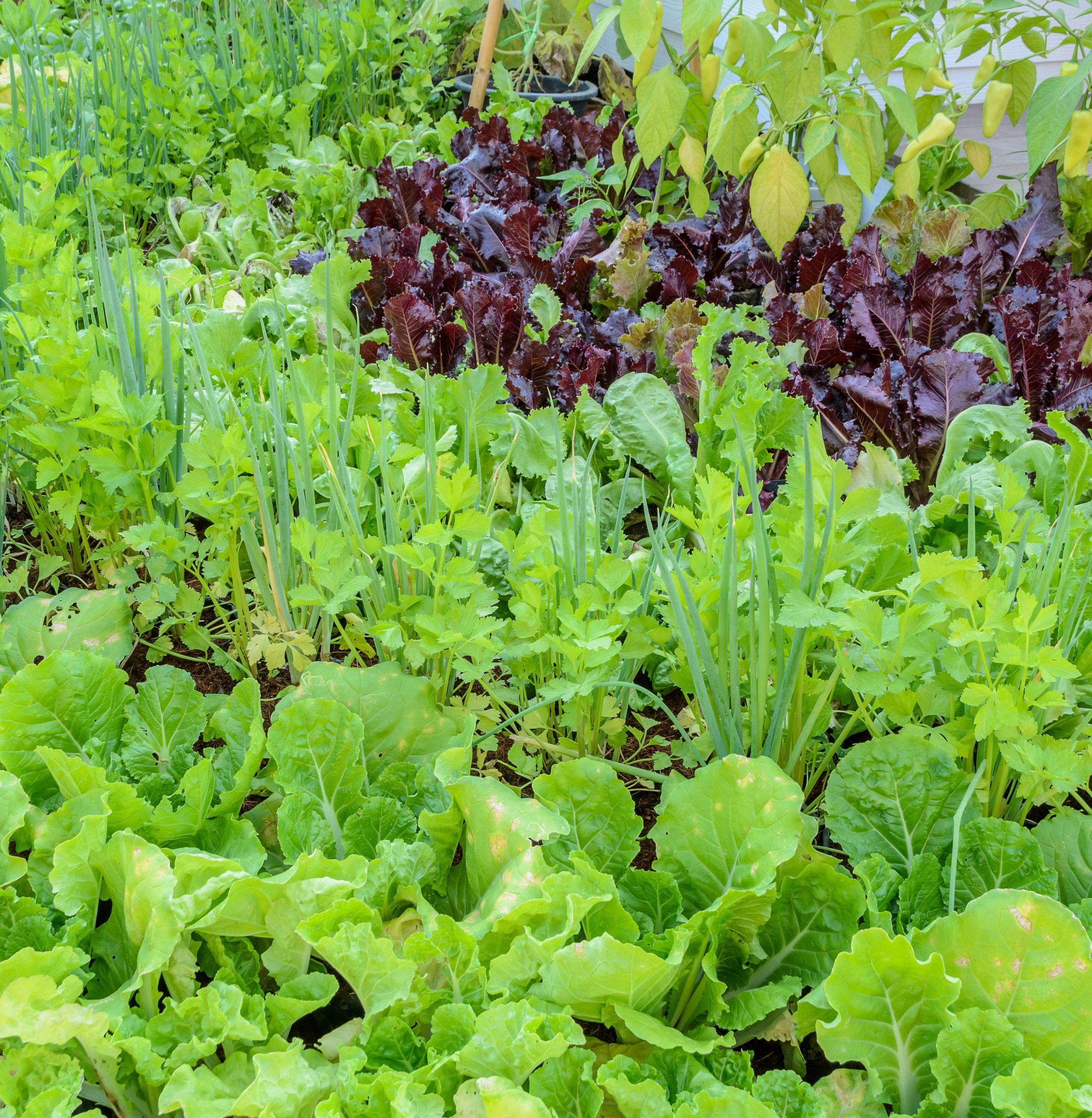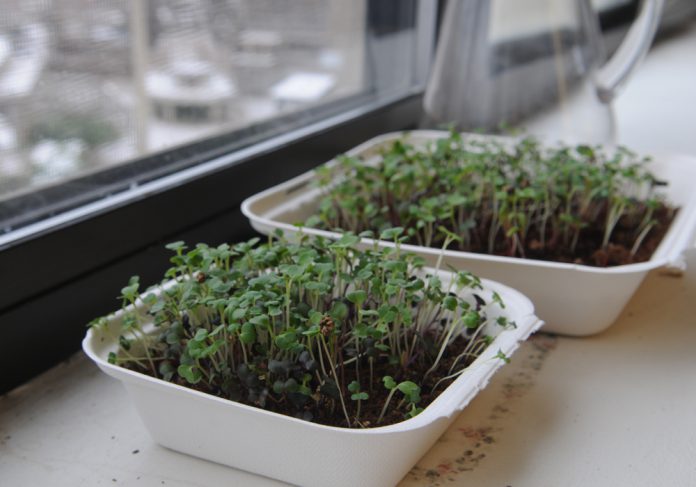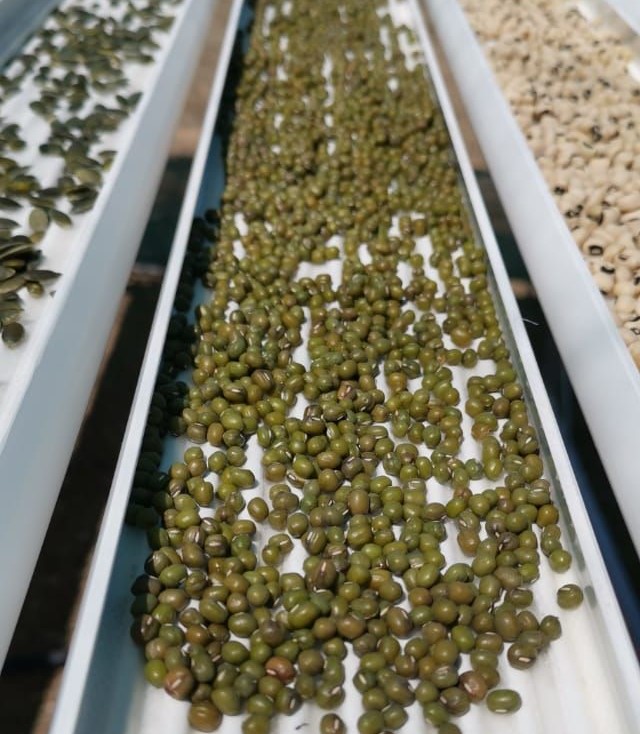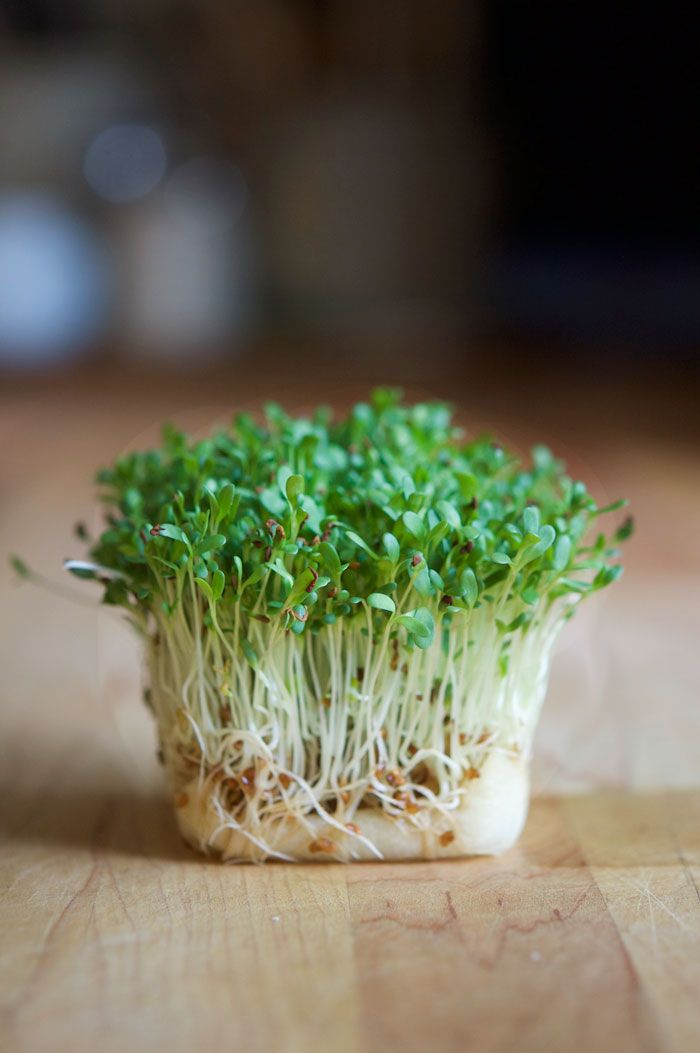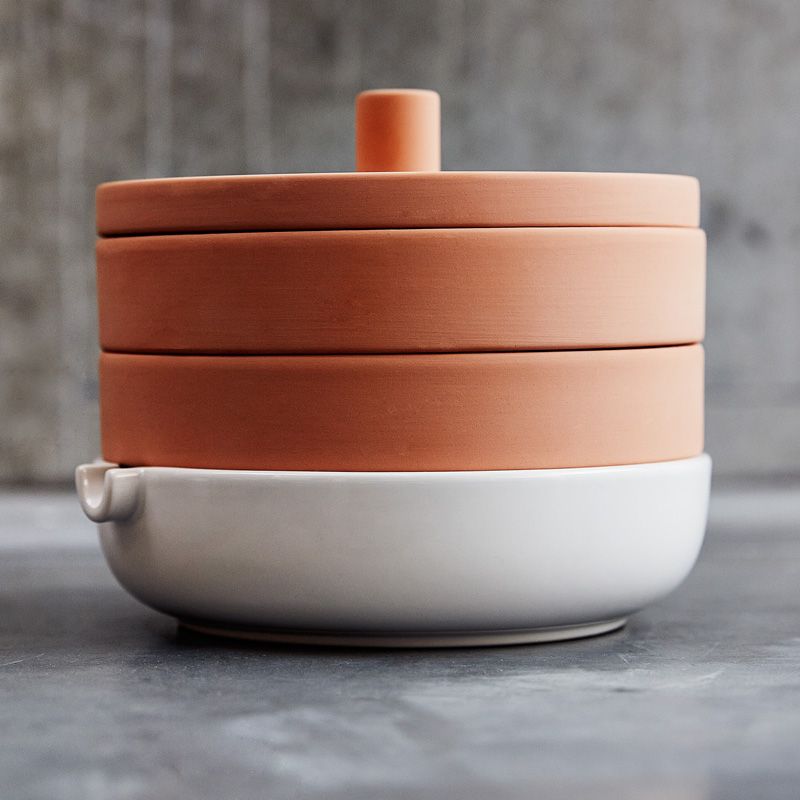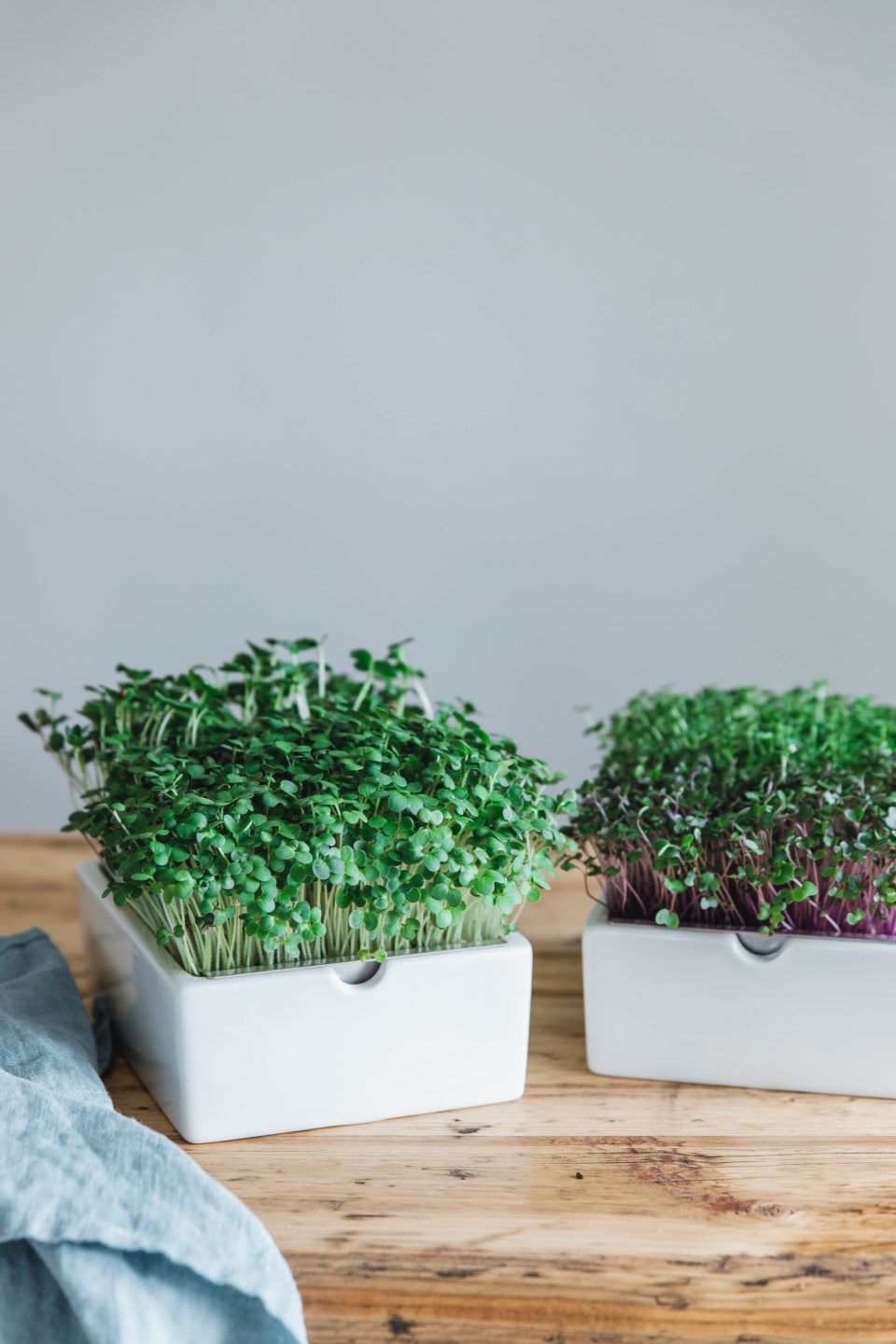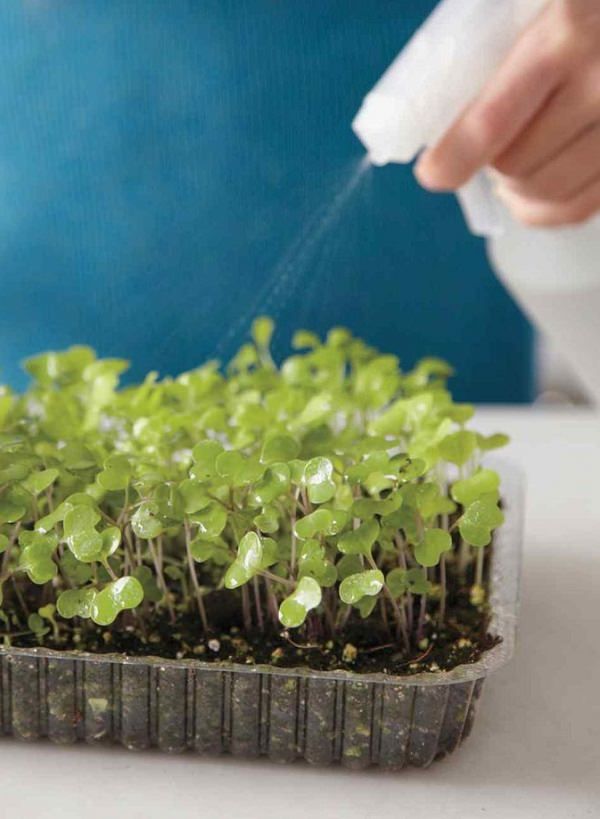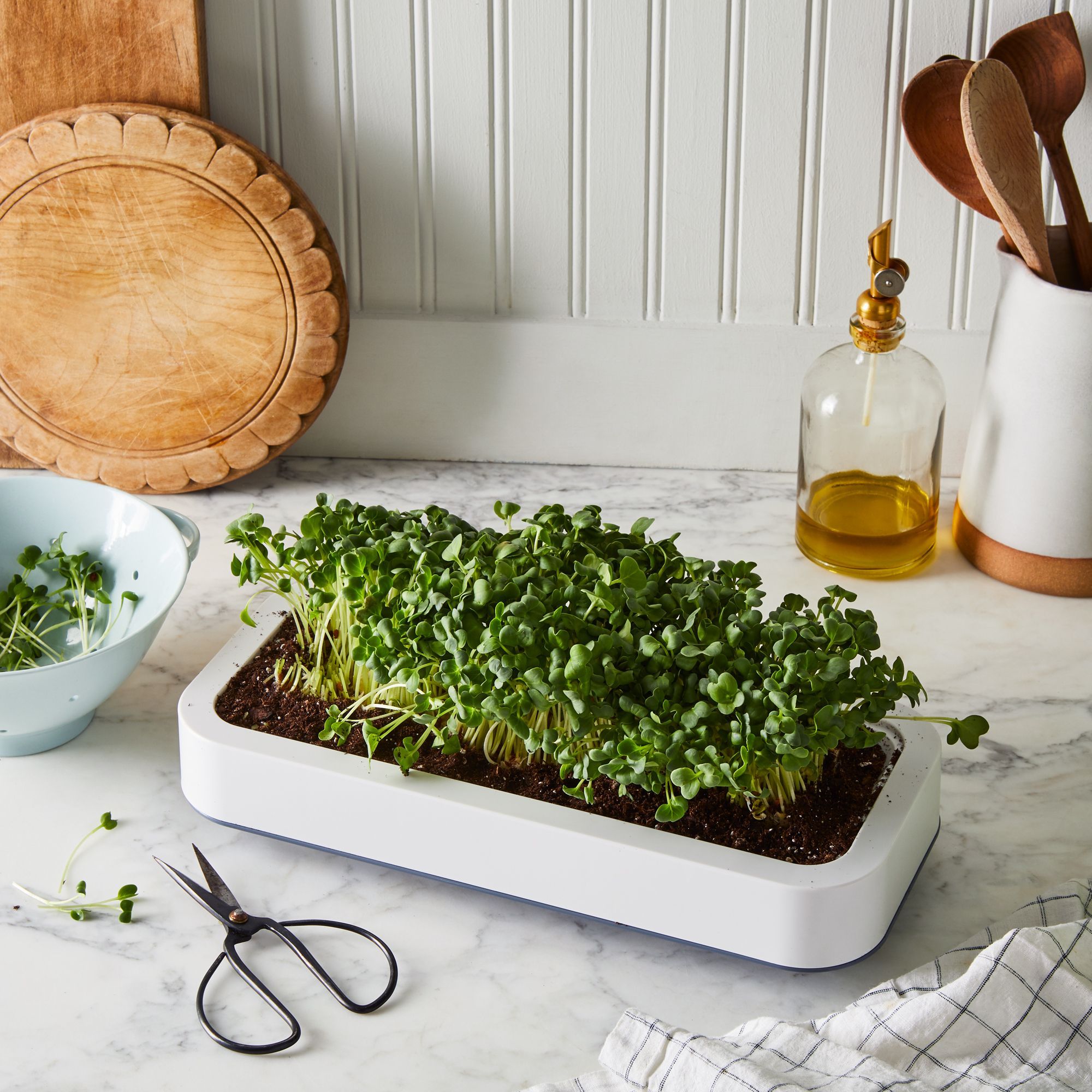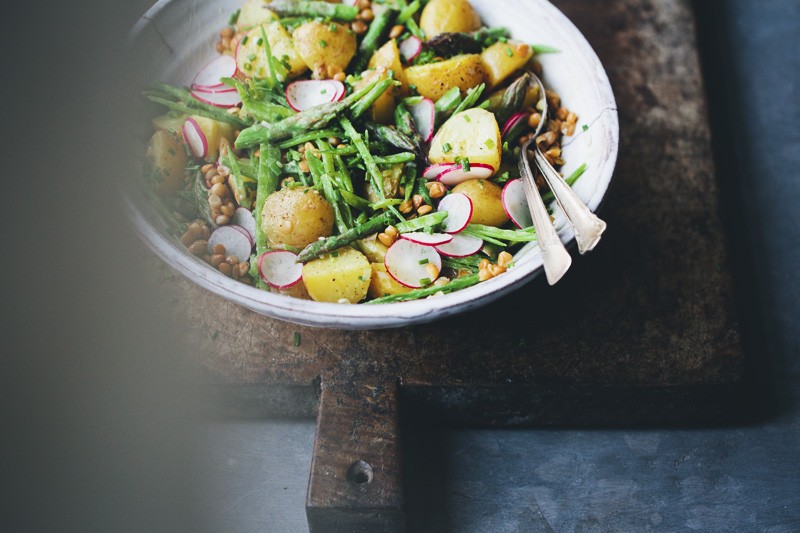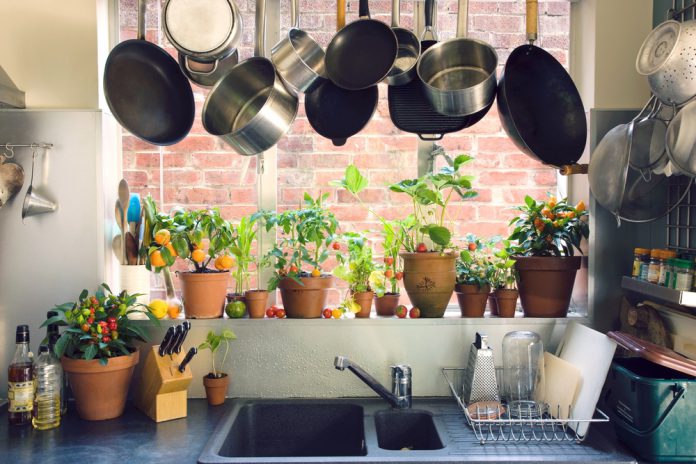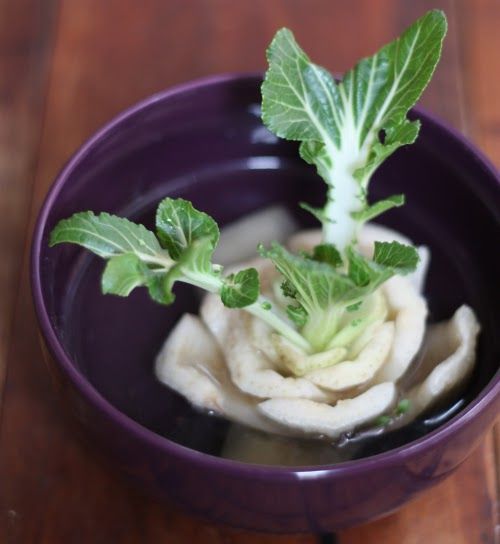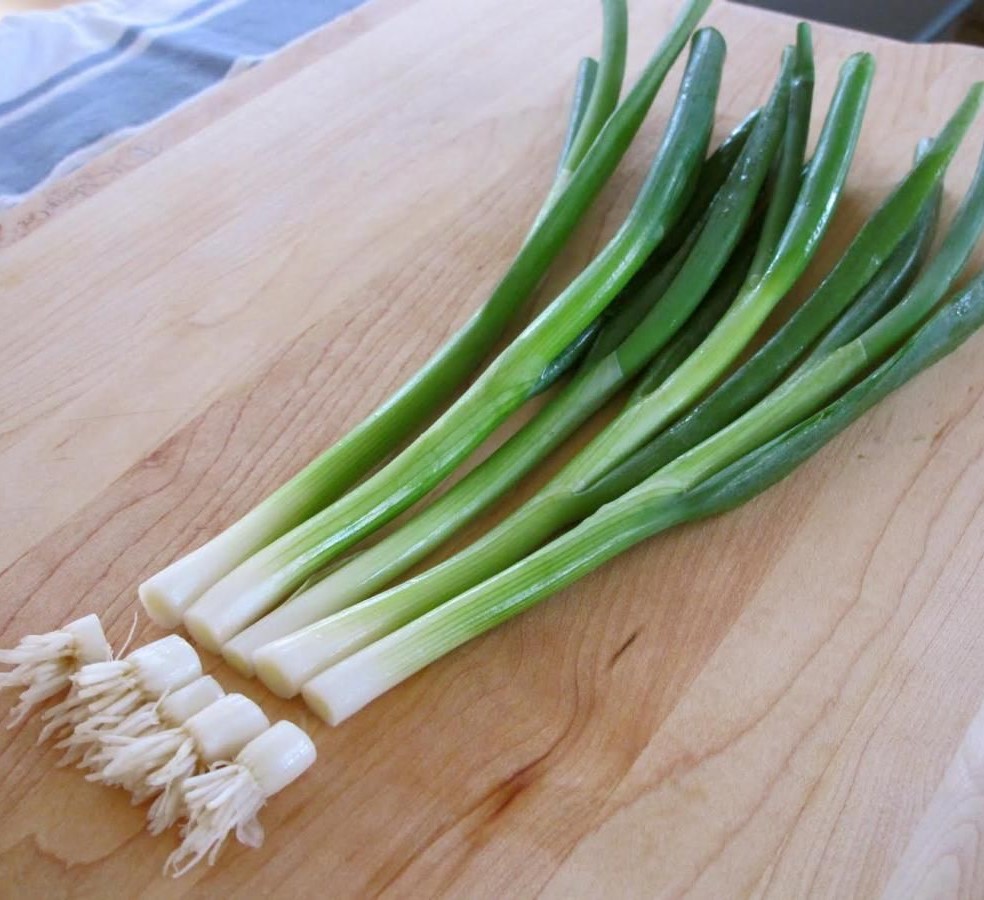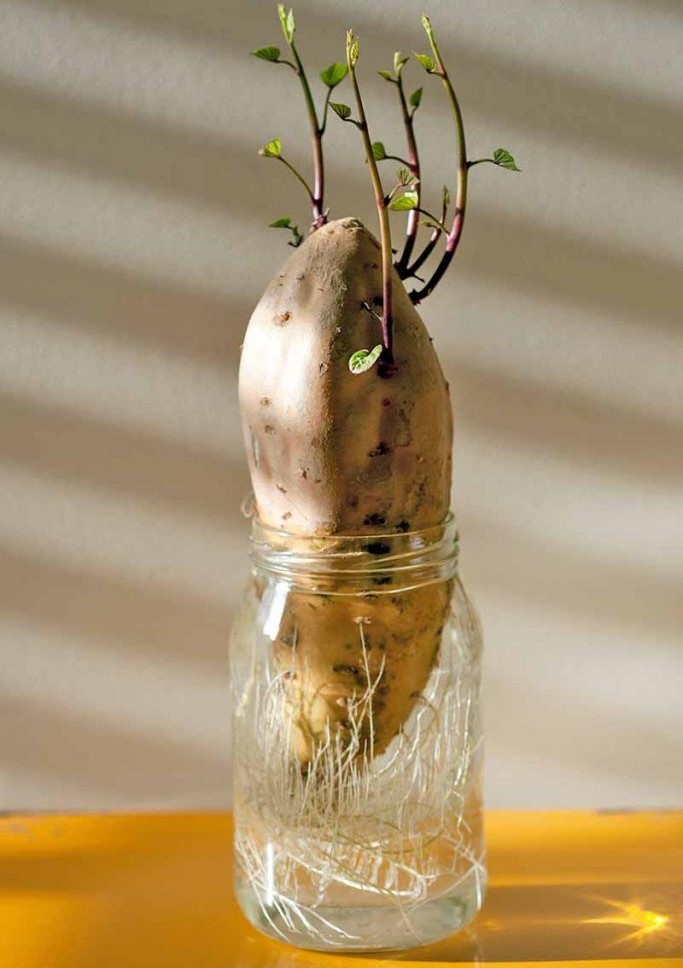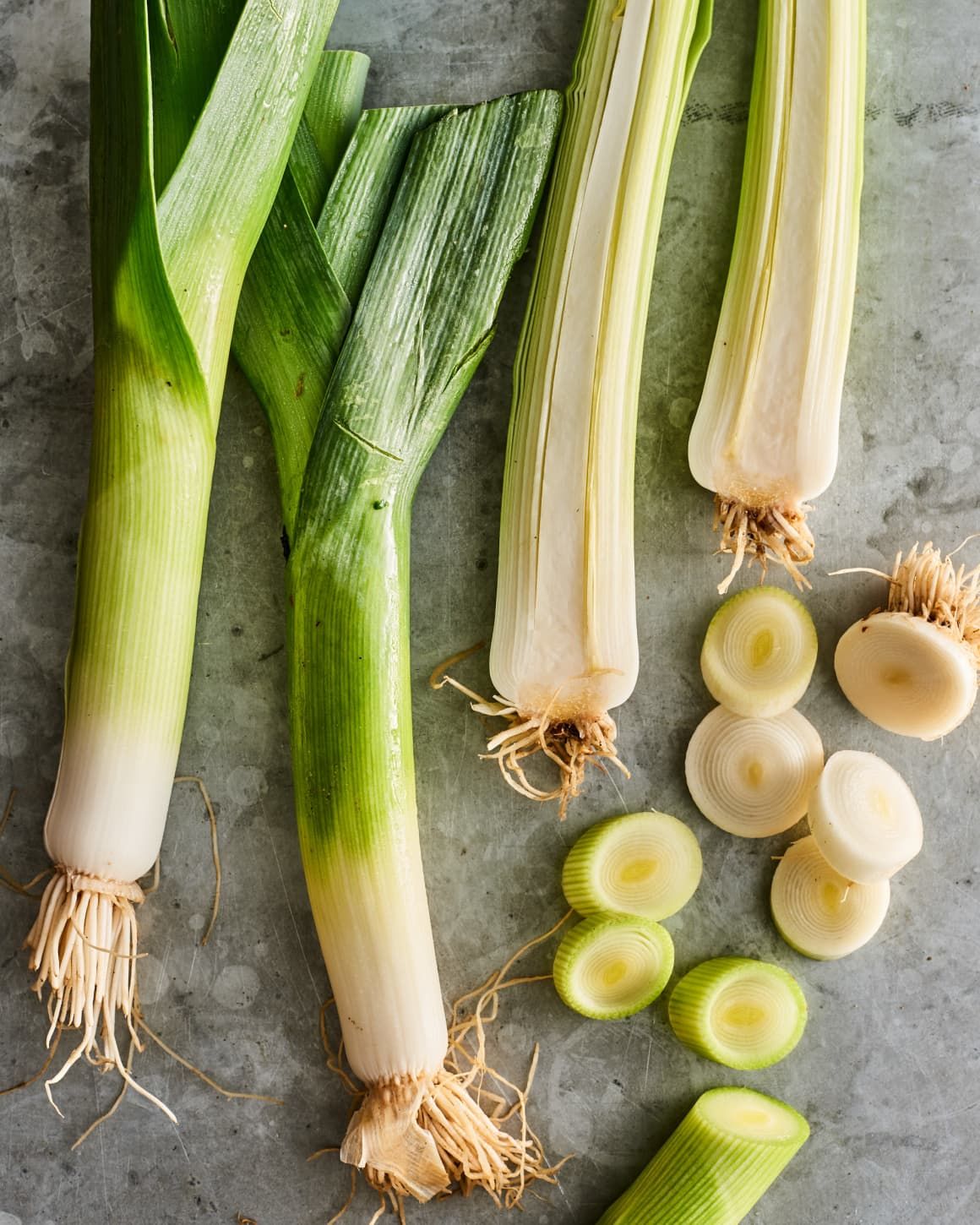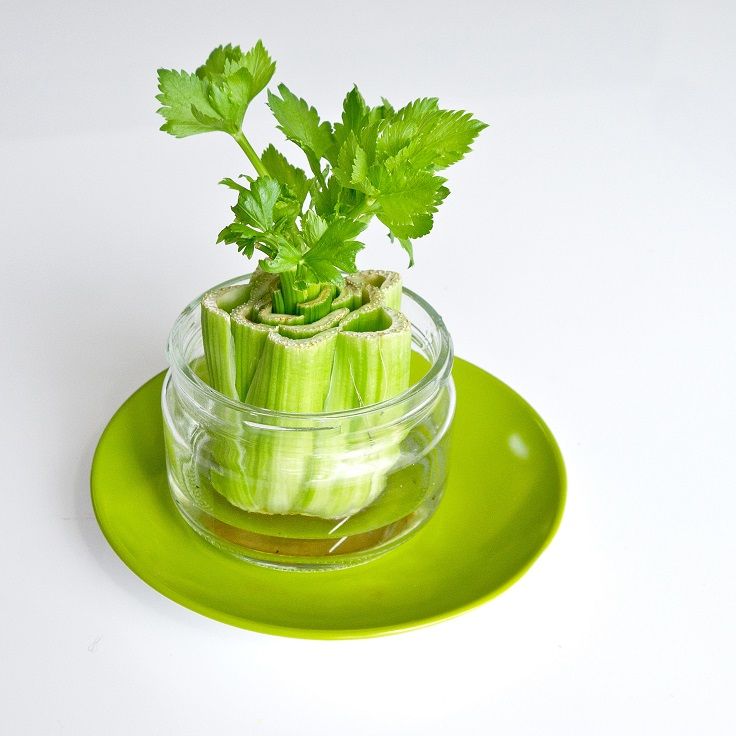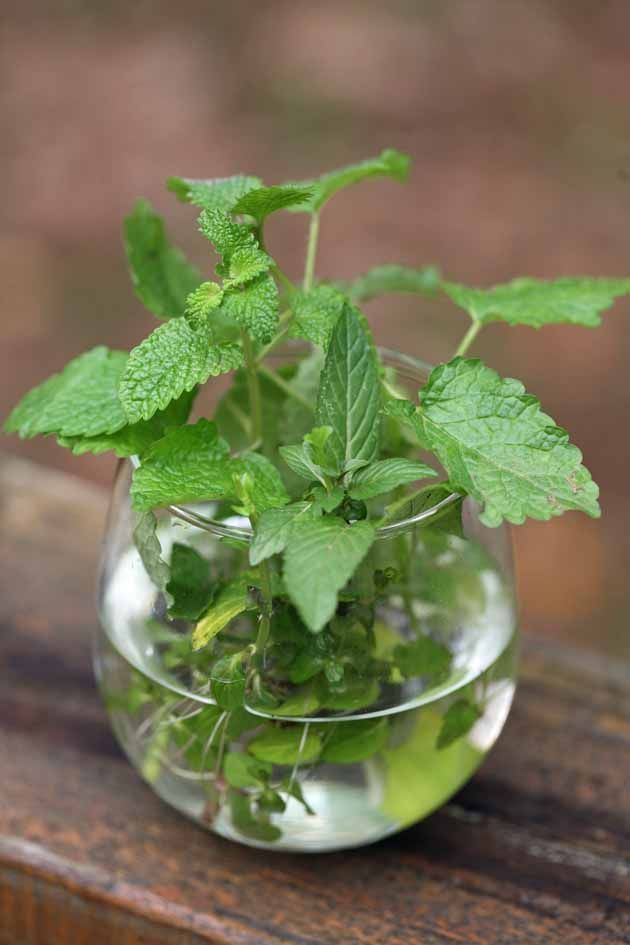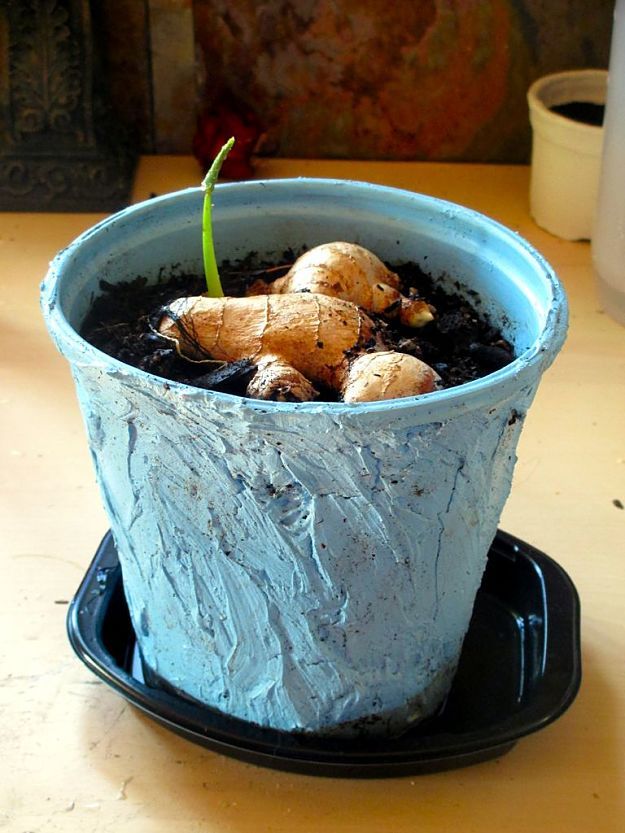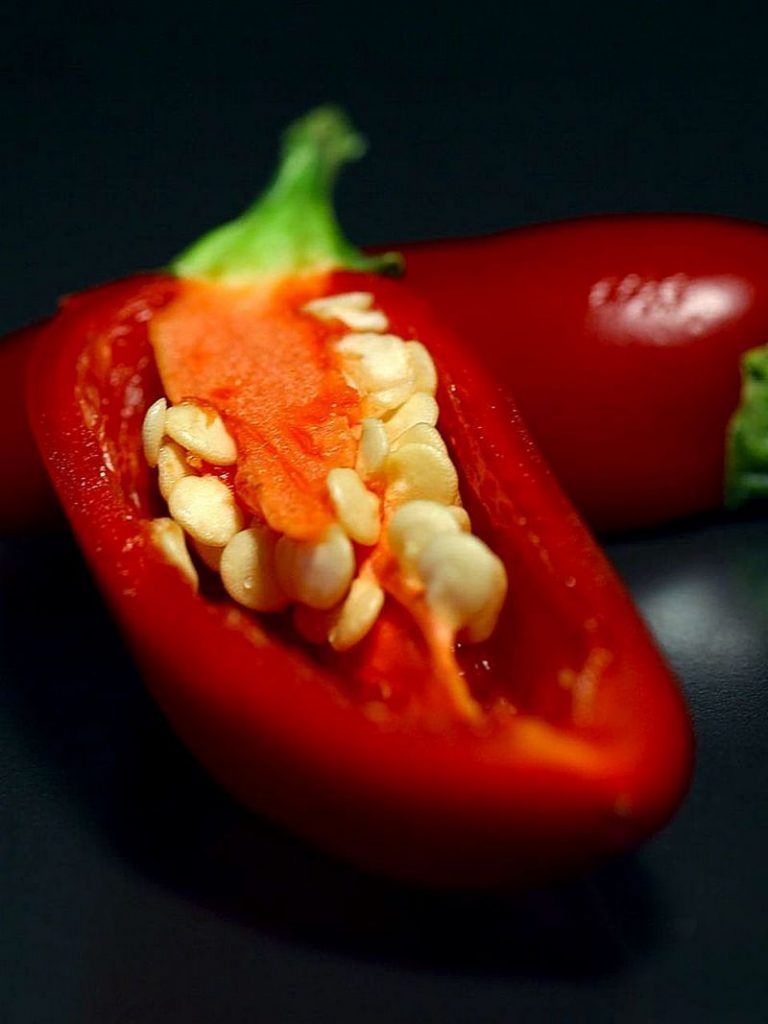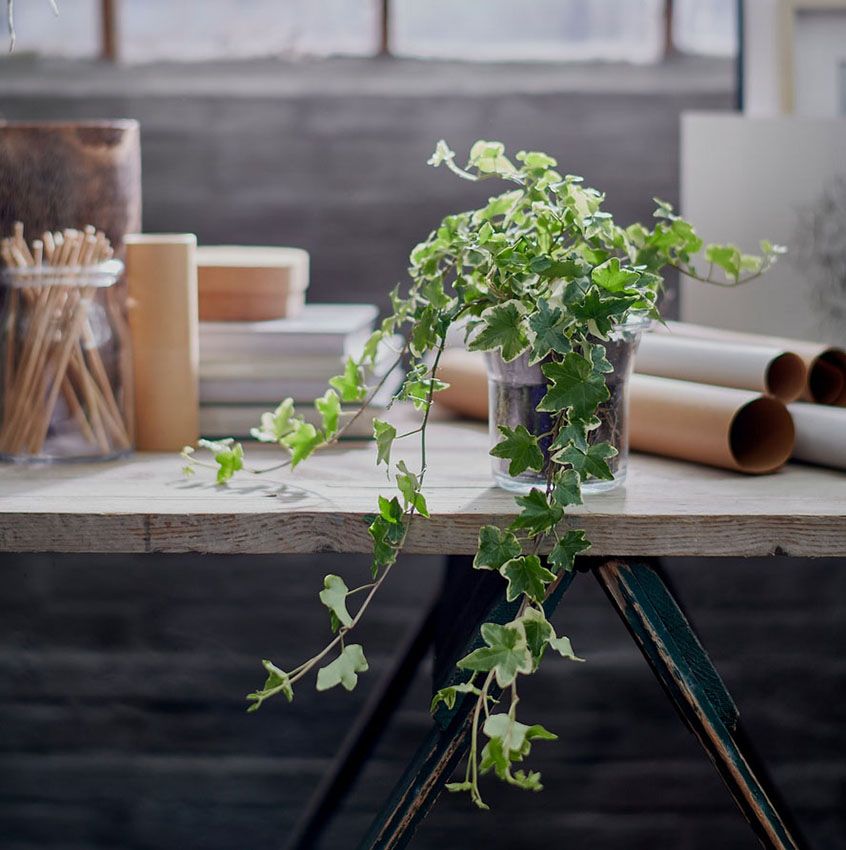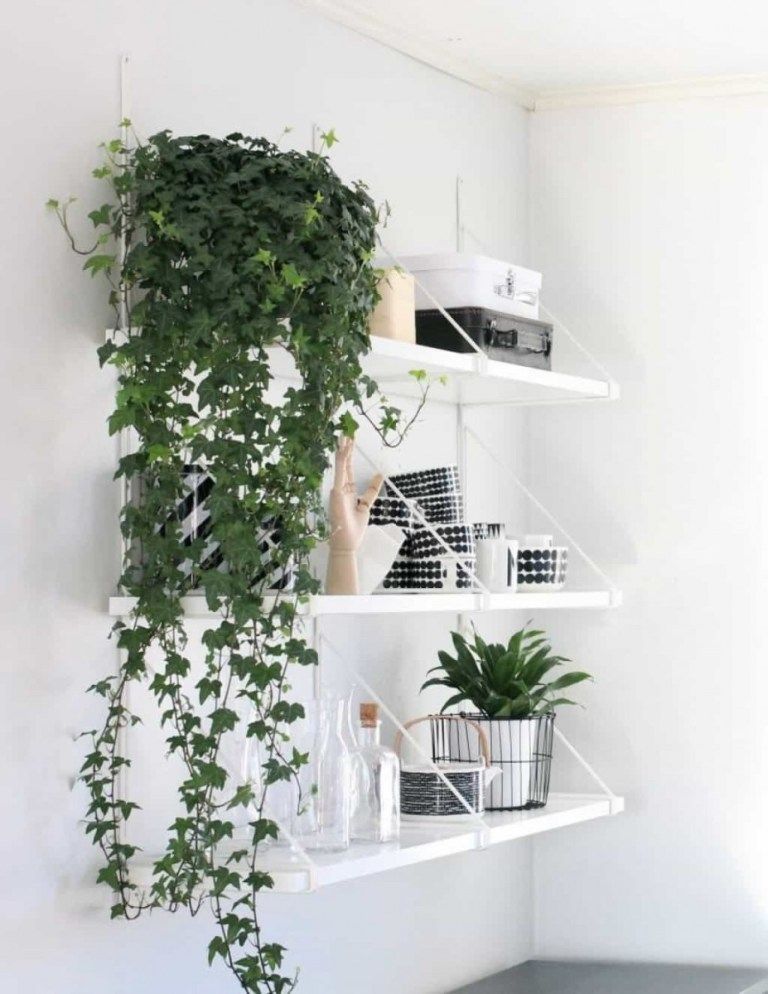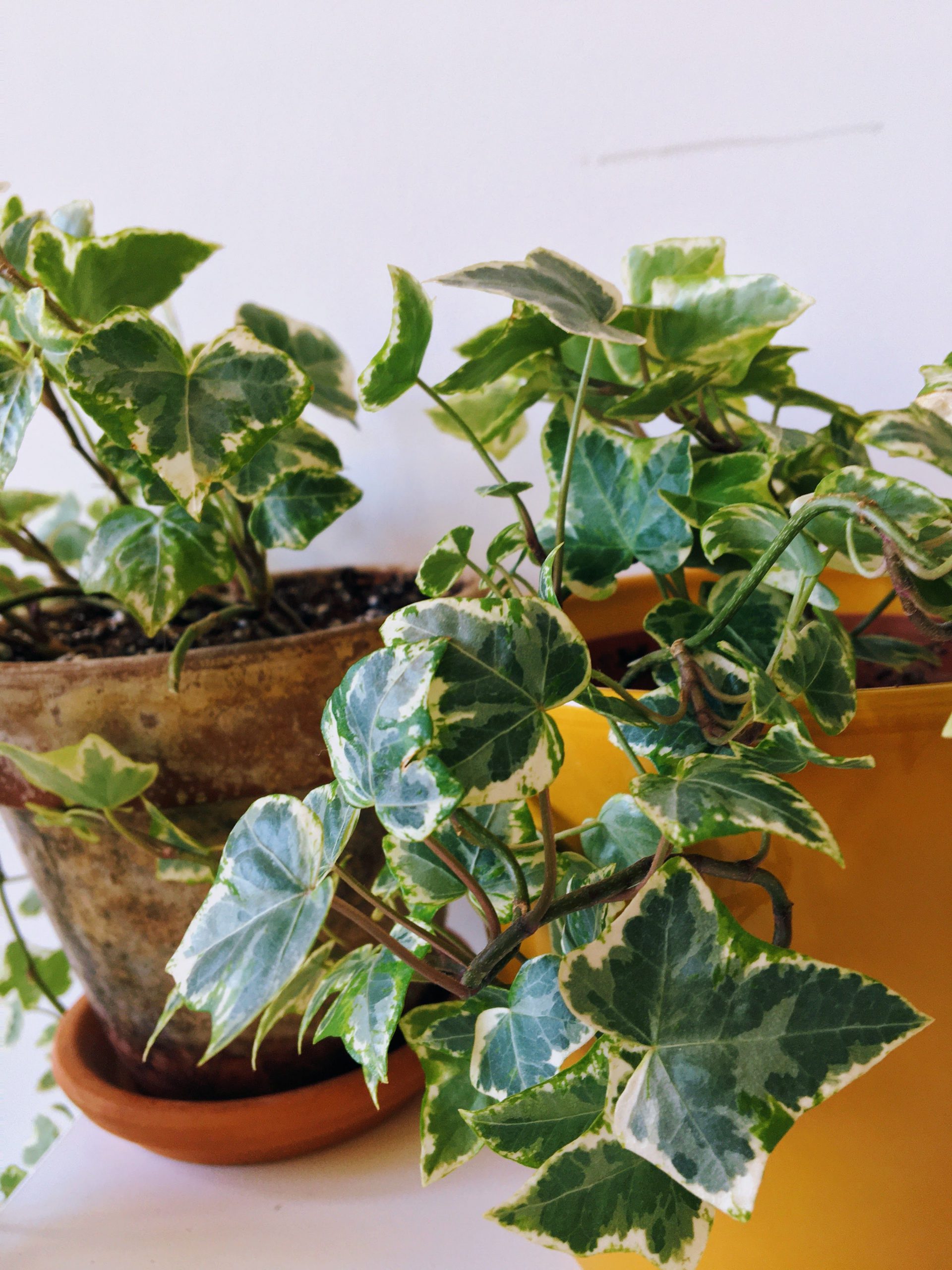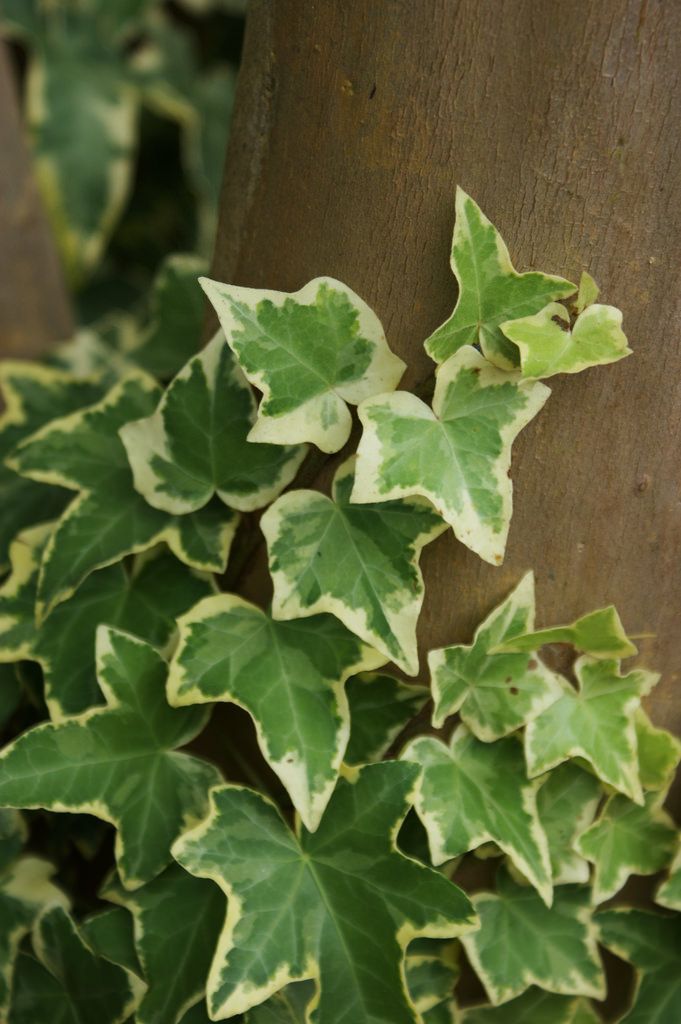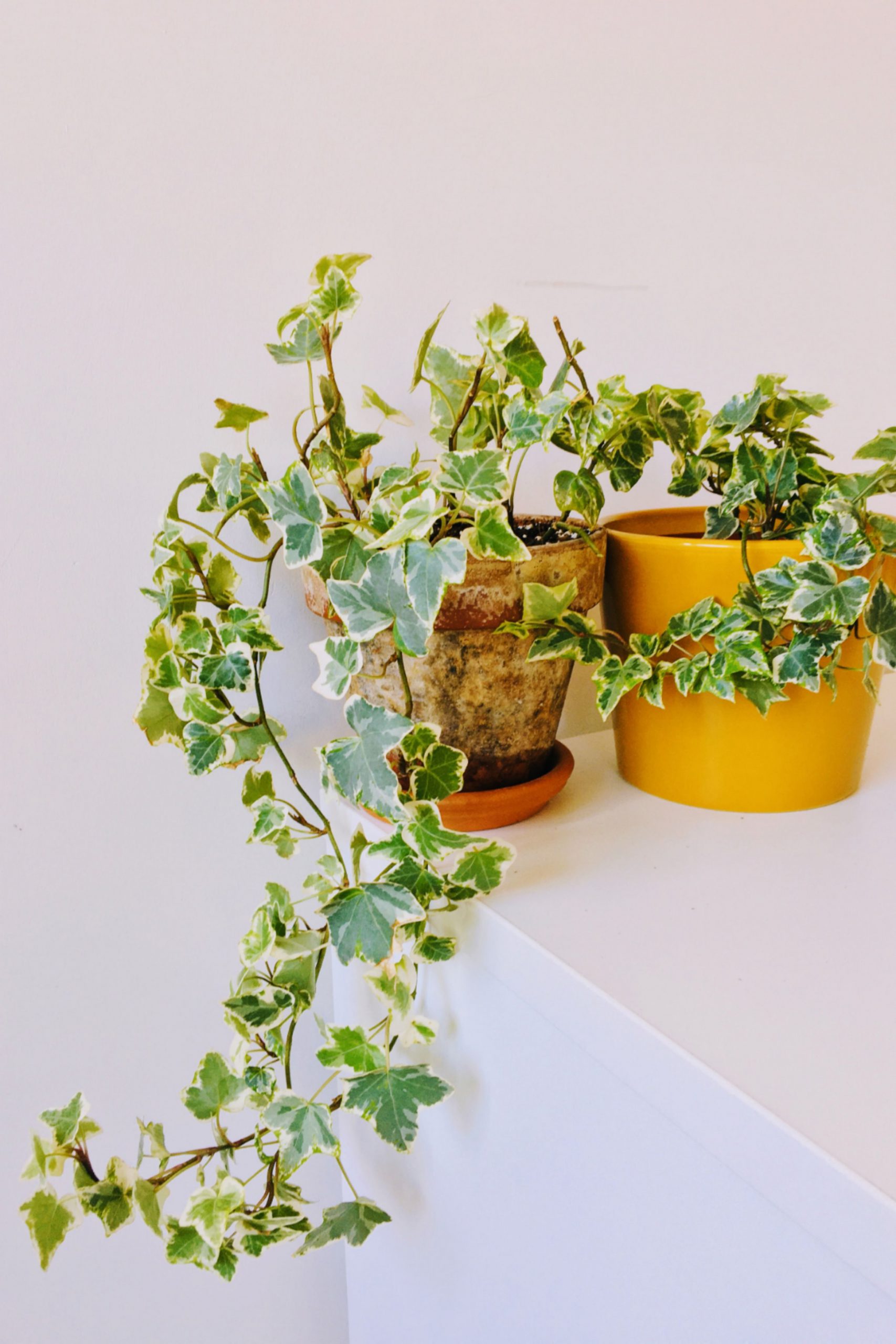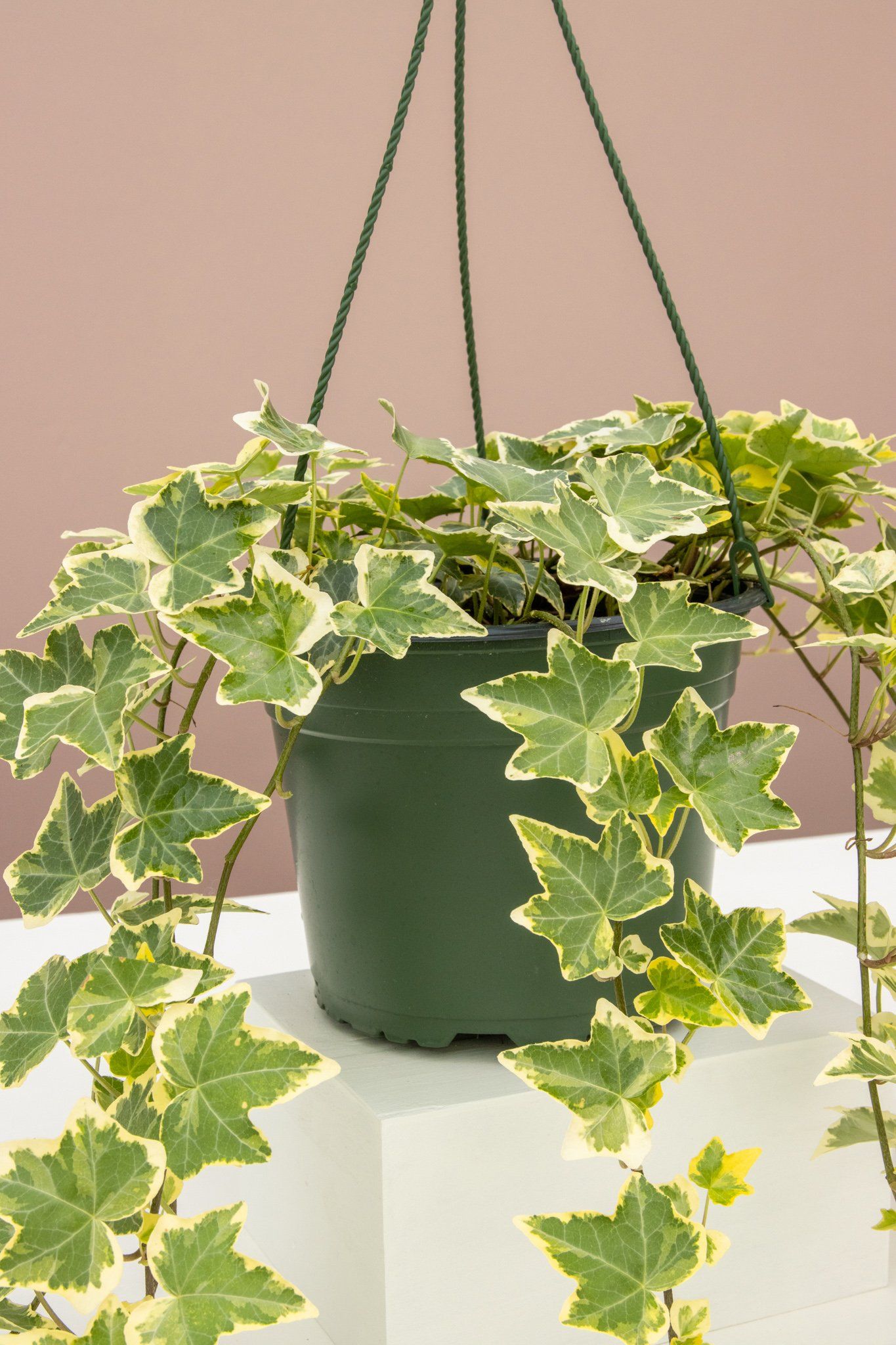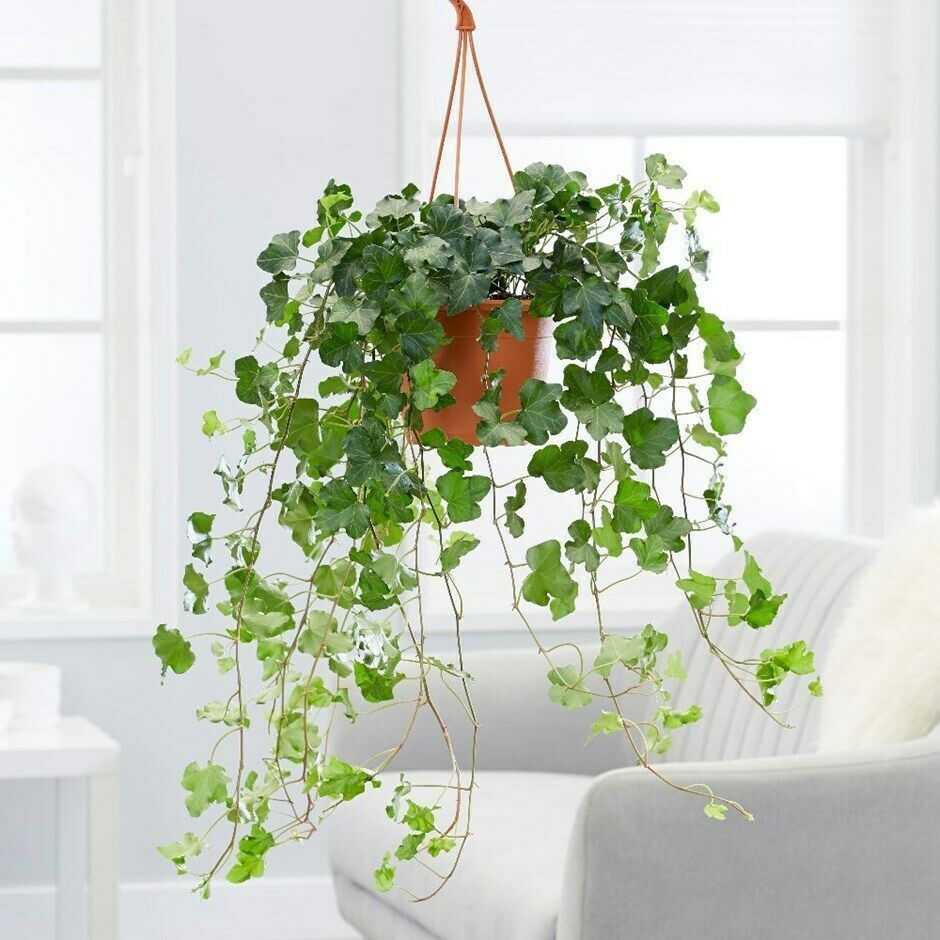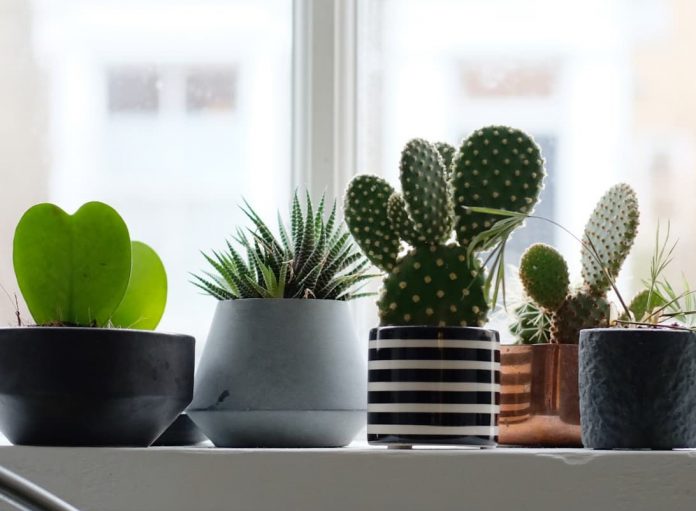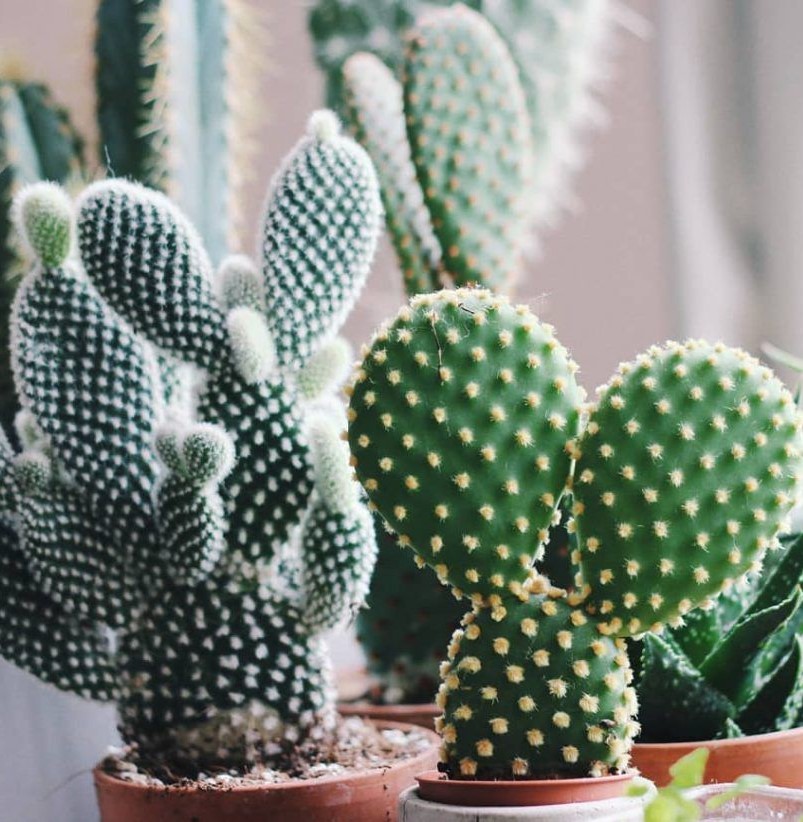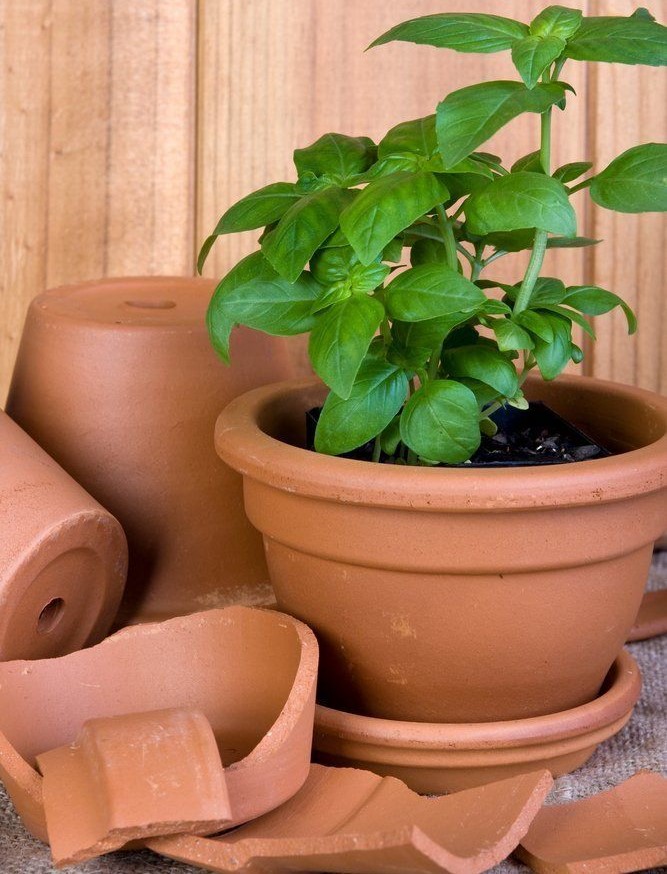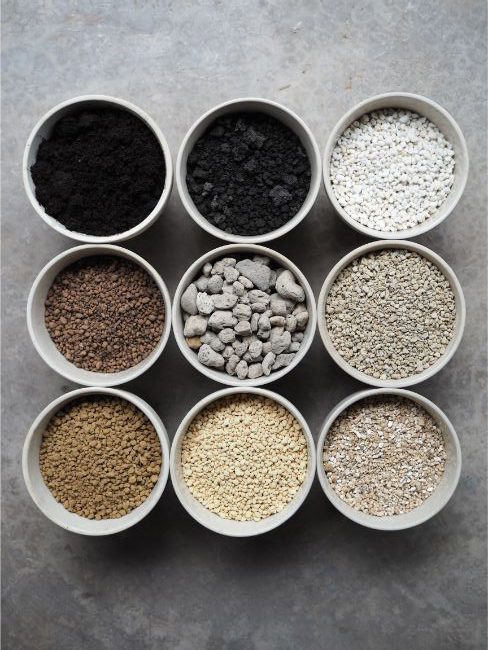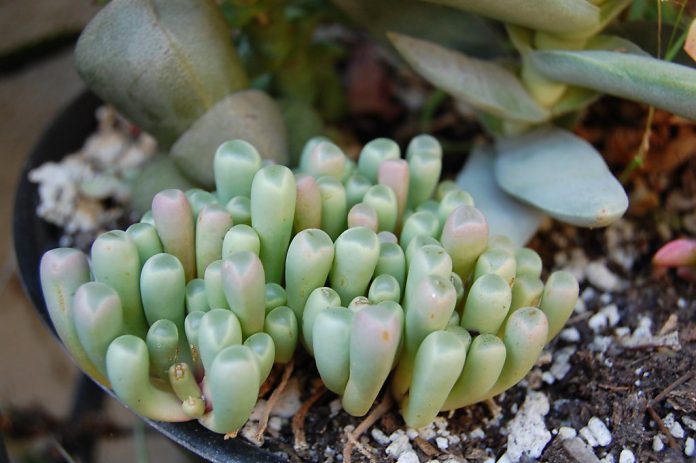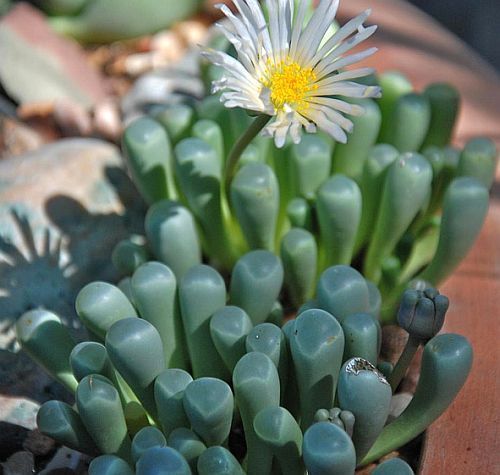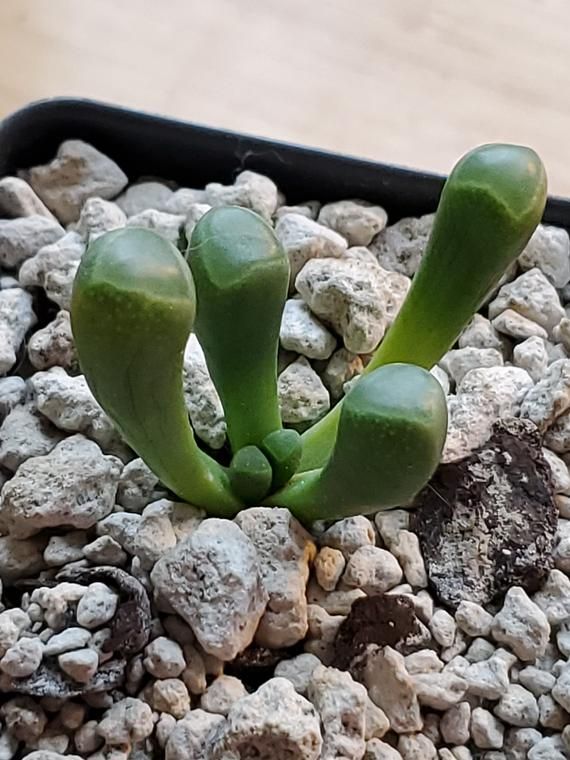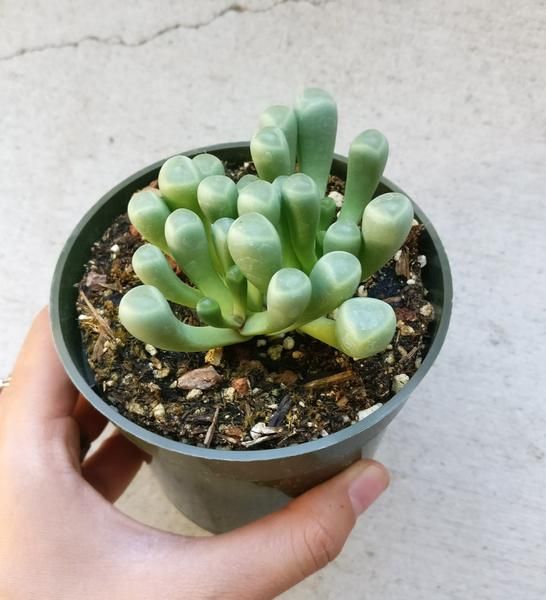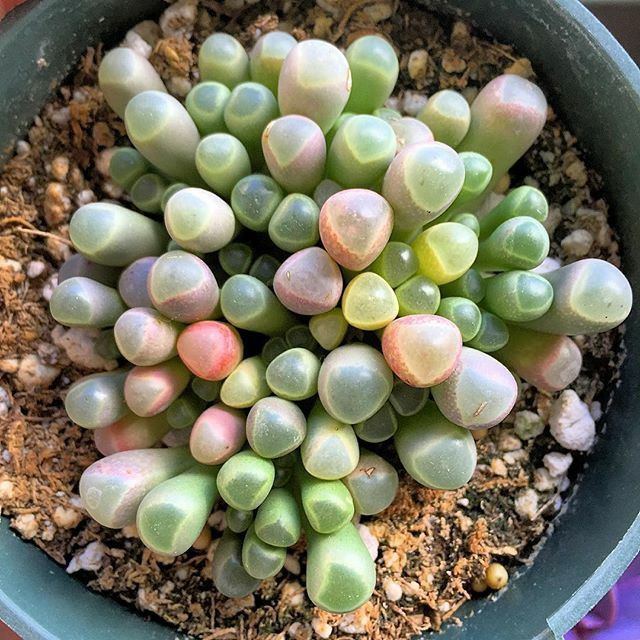Homesfornh.com – A tropical garden is a jungle-like place to get fresh air. This garden consists of many tropical plants. You can find the big and large foliages in this garden. The natural atmosphere in this garden brings a cool and fresh ambiance, especially if the plants grow in your home area. Besides, it creates a shady impression. For that, in this article, we will discuss Tropical Ornamental Plant Ideas for Your Home Garden. You can read this article to find out the arrangement of these tropical ornamental plant ideas in a tropical garden. We start from the biggest plant to the smallest plant. This structure is beneficial to guarantee the plant’s roots grow. Let’s see them!
Big Foliages
The first ornamental plants we discuss are the big foliages plant variety. You can use a variety of these ornamental plants for decoration and various parts of the house you want. What’s more, you can use it for your tropical garden, starting from a mini garden to your backyard garden. Let’s discuss!
-
Plumeria
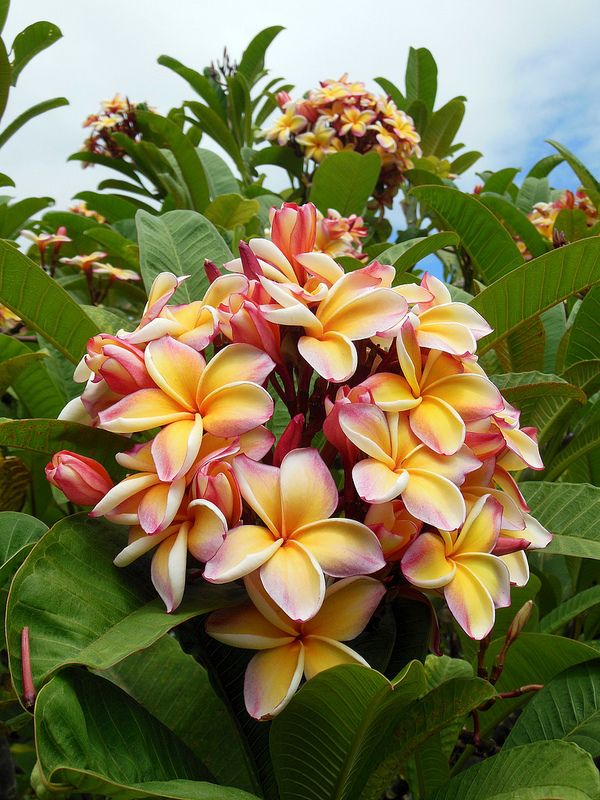
Plumeria or Frangipani is a tropical tree with beautiful flowers on its branches. This plant usually grows in dry conditions. You may ever see this plant dominates a garden because it grows fast in the fertile soil. Plumeria is nice to grow as the tropical plant in the first row. It will draw attention to its woody stem and stunning flowers. You can grow and arrange smaller plants in front of this plant.
-
Monstera Deliciosa
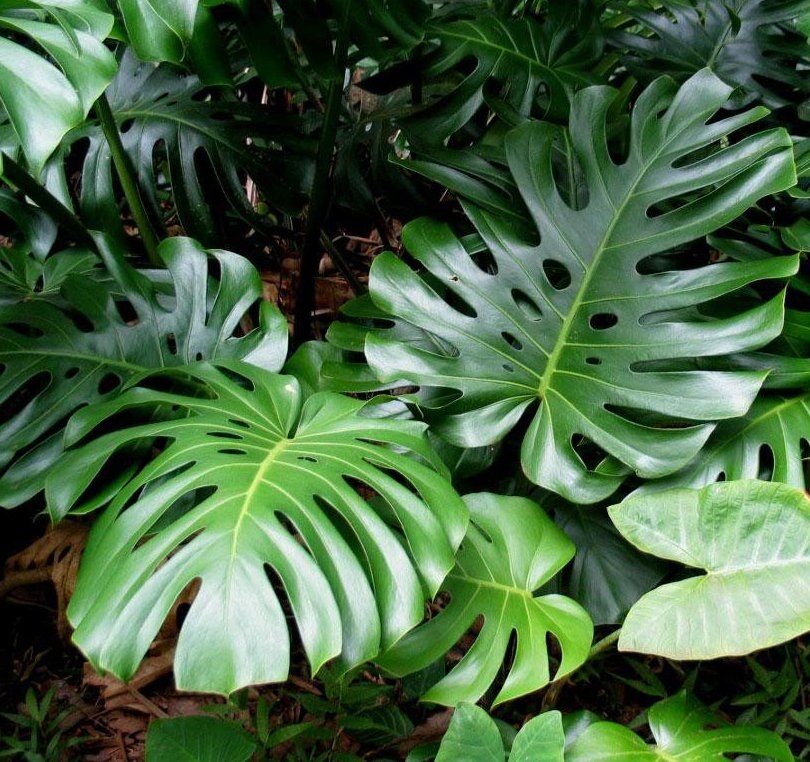
Monstera Deliciosa is a stunning perennial plant. This plant likes to get bright indirect light. The leaves can grow up to four feet tall. The giant Monstera has 10 feet tall, thus this plant is nice to grow at the first row in your tropical garden. Monstera grows well in moist soil, thus, you need to water it quickly when the soil starts to dry. It likes to grow in well-draining soil. Make sure that you grow Monstera in fertile soil from the beneficial ingredients of soil.
-
Calocasia
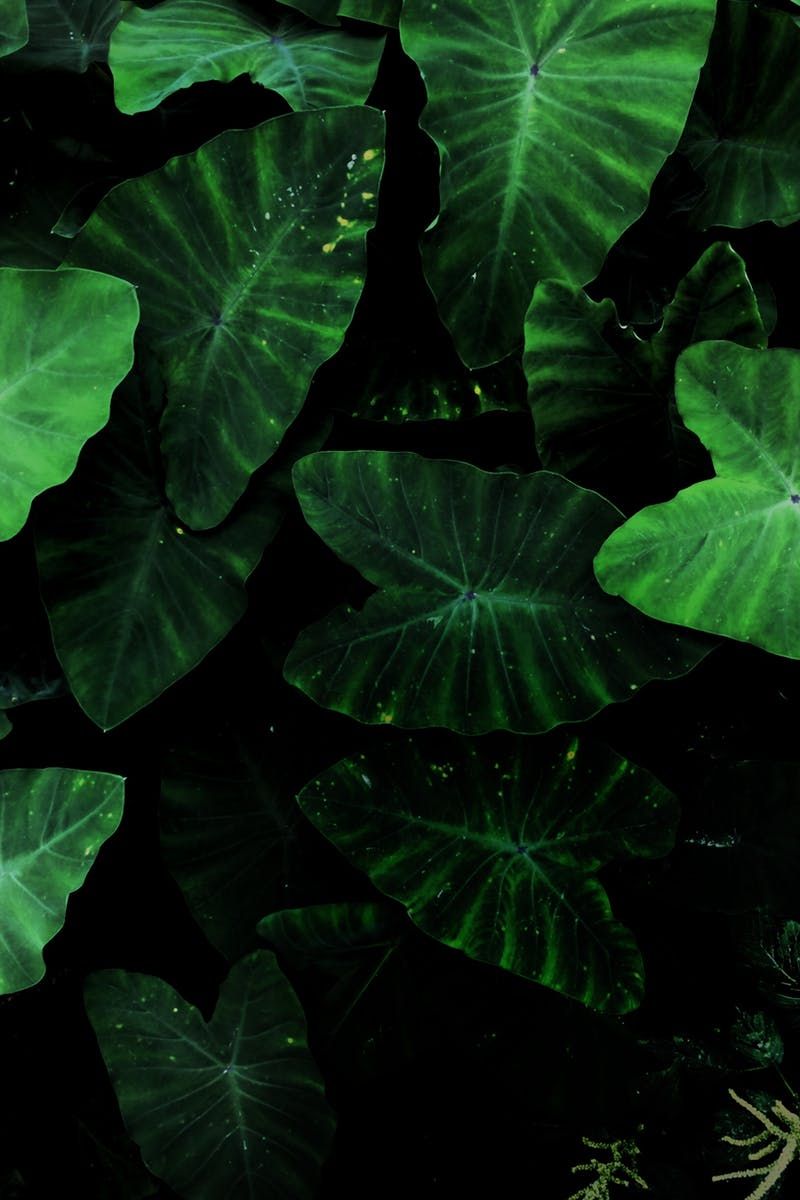
Calocasia or Elephant ear plant is an excellent large perennial plant. It loves bright indirect sunlight and it is happy to live in moist soil. Calocasia thrives well for outdoors because their foliages like to meet the sunlight and get fresh air. If you bring Calocasia to your garden, you should make sure that the soil is rich and well-draining.
-
Ruffled Fan Palm
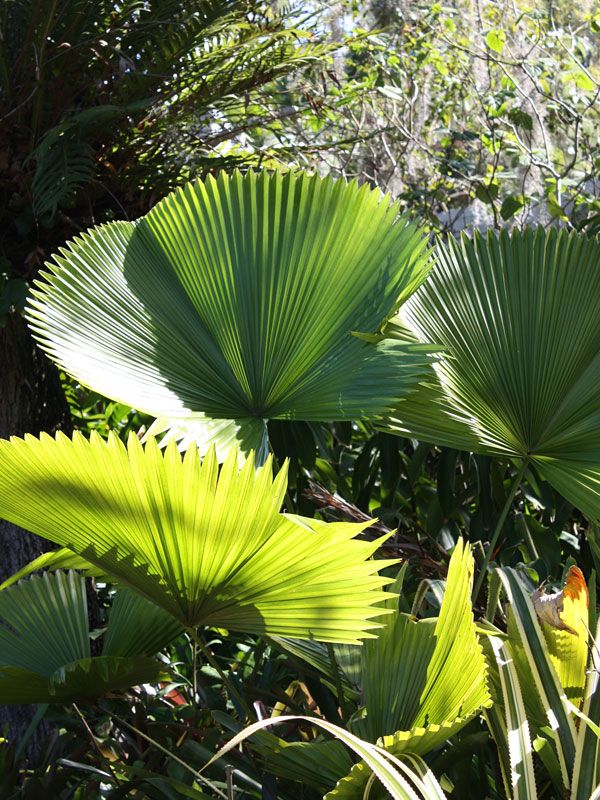
Licuala Grandis or Ruffled Fan Palm is a striking plant with its umbrella-like foliages. This plant is compatible with other big foliages plants to create a shady impression. This plant has pleated leaves and grows well under bright indirect sunlight. Like other plants, they like well-draining soil. Since it has giant leaves, you can grow this plant in the first line to be an attractive background.
Medium Foliages
The next ornamental plant that we will discuss for your garden is the Medium Foliages plant. You can use this ornamental plant in a variety of tropical garden concepts and designs that you have. Moreover, this ornamental plant will be very effective for you to use for a small garden. Let’s discuss them one by one!
-
Philodendron Xanadu

Philodendron Xanadu has unique foliages. It has leathery leaves that can attract attention. The deep green leaves will mature and becomes larger up to 40cm long. Philodendron Xanadu likes to grow under bright indirect light. It loves high humidity and well-draining soil. Growing this plant in the middle row is catchy enough to give an aesthetic landscape to your garden. Moreover, you can grow them along the pathway.
-
Hibiscus
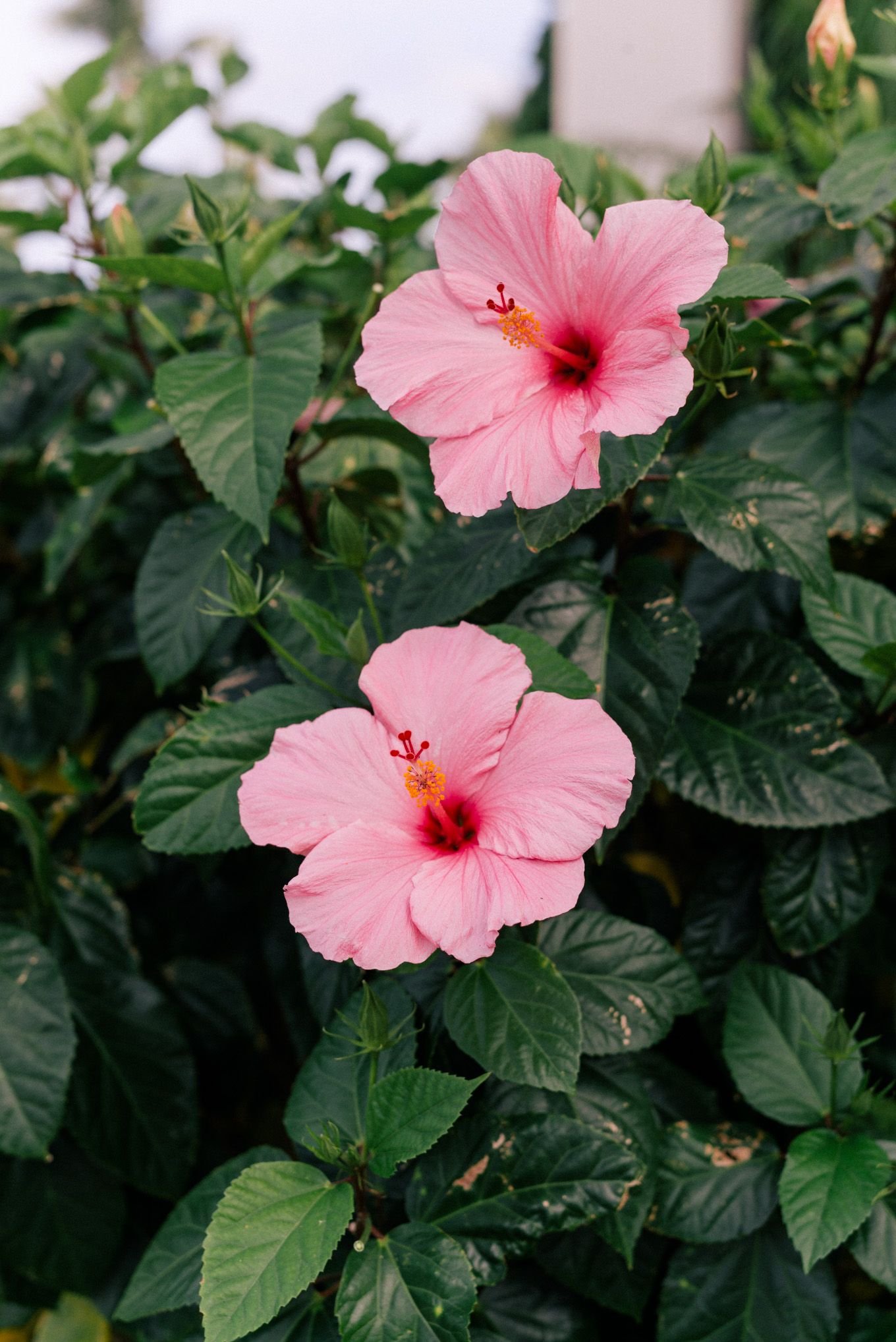
Hibiscus is a flowering woody plant that people usually grow as hedge plants. The key to grow Hibiscus is combining the right ingredients to make fertile soil. The well-draining soil is the best for Hibiscus. Keep this plant to get moist soil by watering them regularly in dry conditions. Don’t let them get waterlogged soil because it kills them slowly. This plant looks attractive to grow in the middle row and let people meet them.
-
Alocasia Amazonica
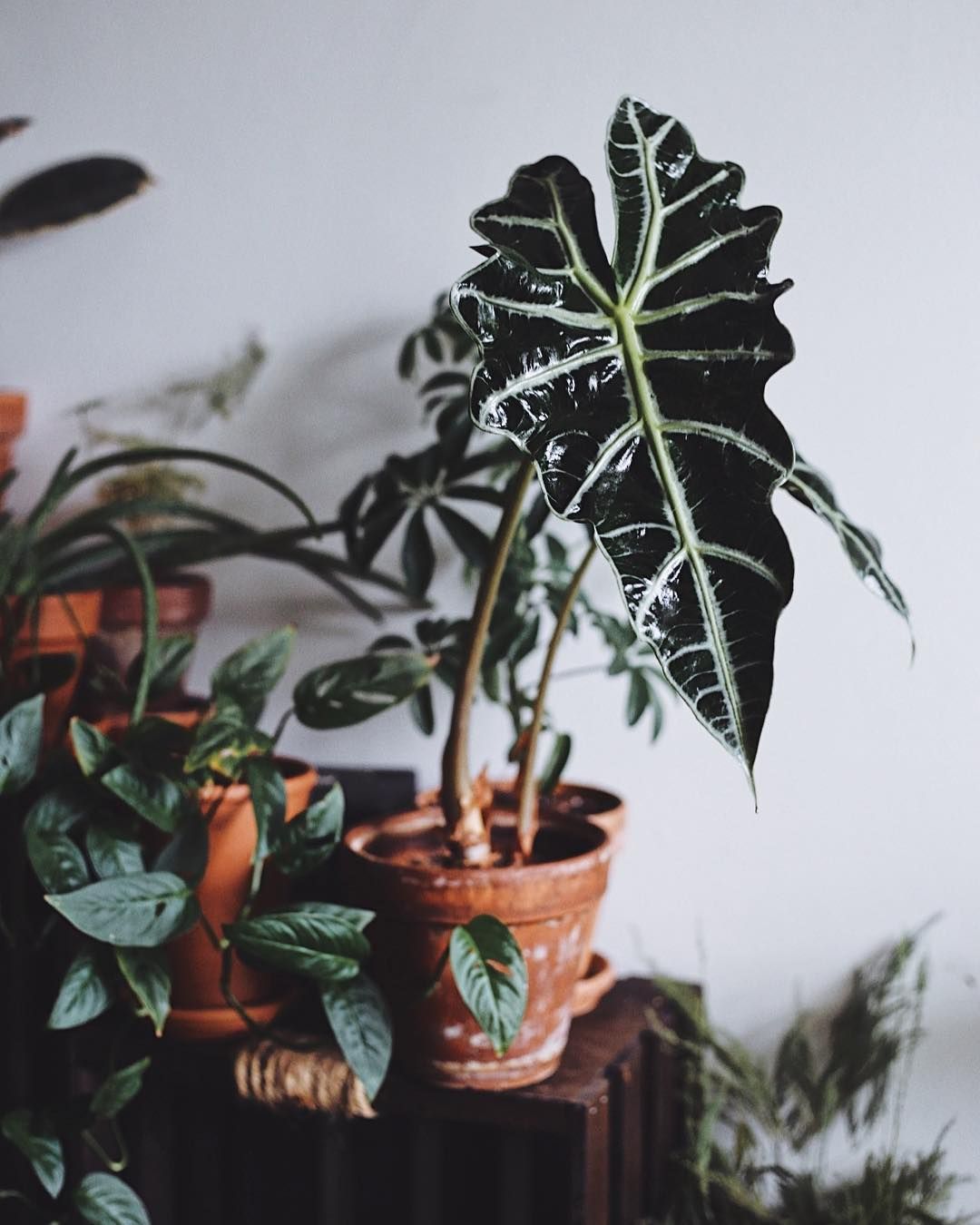
African Mask Plant or Alocasia Amazonica is a stunning tropical plant that has deep green leaves and deep white lines. This plant has arrowhead foliages. Like other tropical plants, Alocasia Amazonica likes the bright indirect sunlight. You can grow this plant in the second row in your tropical garden. The foliages will attract attention if you show them vigorously in the garden.
Vine Plants
The next ornamental plants for your tropical garden are vine plants. Using these ornamental plants can give you a unique and aesthetic garden look. In addition, you can create various designs and concepts that you want using these vines. This will make your garden appear more stunning. Let’s discuss!
-
Pothos

Pothos includes the category of tropical vine plants. This plant has round leaves and is available in various species. Golden pothos, Pothos silver satin, and N’joy pothos are the common Pothos to thrives indoors and outdoors. The attractive foliages make this plant looks compatible with a tropical garden. Pothos suits the third row or in the frontier line.
-
Coral Vine
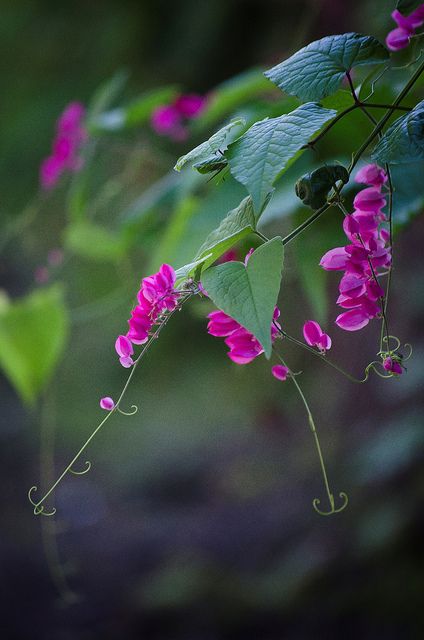
Coral vine plant or Mexican creeper is a flowering vine plant with pink or white flowers. This plant is also known as Antigonon leptopus. Growing this plant is easy, thus, it looks stunning to make your tropical garden has colorful hints. It is an adaptable plant and tolerates partial shade. You can grow Coral vine plants in almost every row in your garden. As long as it gets full sunlight, it grows well and vigorously.
-
Jasmine Polyanthum
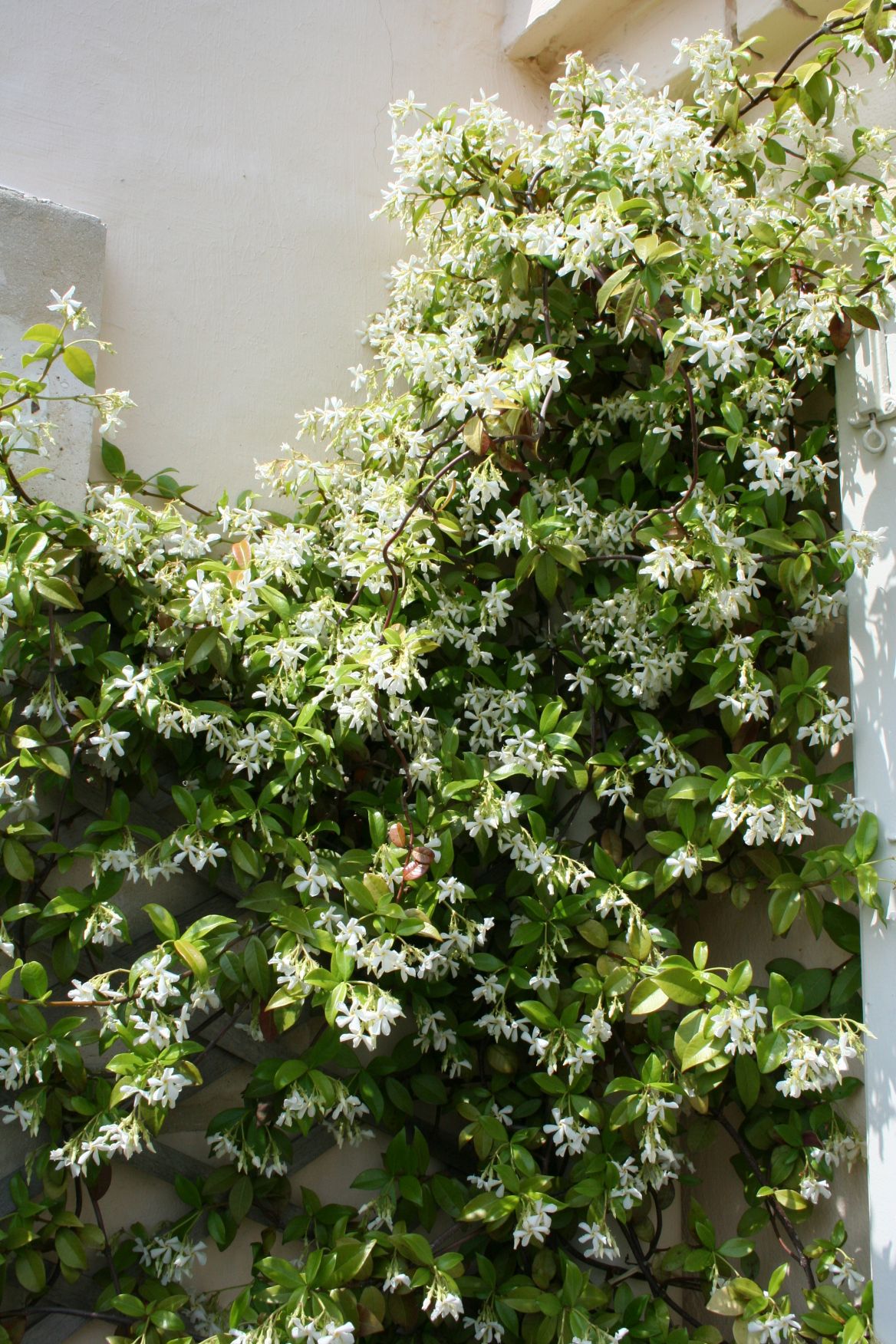
Jasmine Polyanthum or Pink jasmine is a vining plant with striking white flowers. It has tiny white flowers. If your tropical garden high humidity, this plant will thrive well in the cold environment. Jasmine Polyanthum needs full to partial sunlight. It needs moist soil and regular watering once a week. You can grow this plant around your tropical garden because this plant is an easy grower.
Conclusion
Thus our discussion of Tropical Ornamental Plant Ideas for Your Home Garden. The tropical plants we have mentioned above are the small numbers of myriad tropical plants on earth. You can find thousands of attractive plants from the Ficus genus, Philodendron genus, and Monstera genus, and many more. We hope this article increases your knowledge in gardening, especially to create an interesting tropical garden. Thus, you can create a beautiful garden in a tropical atmosphere in your home. Happy gardening and good luck!


